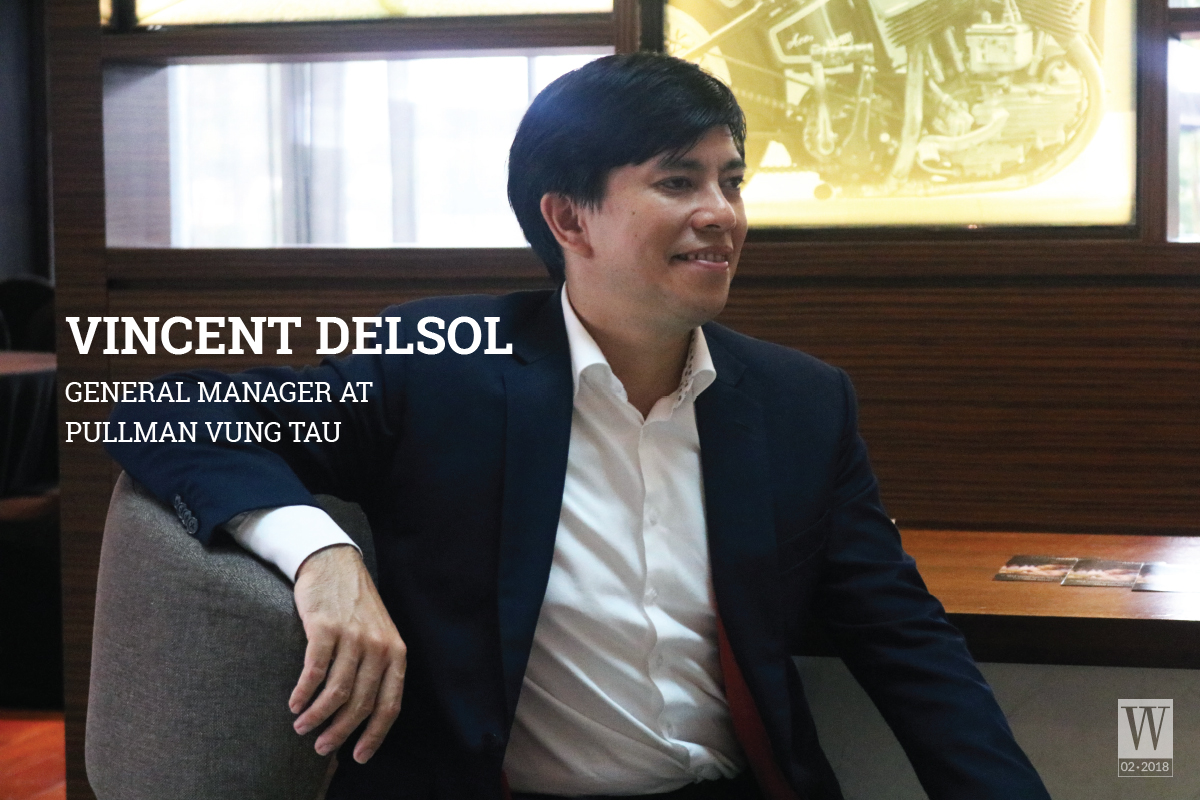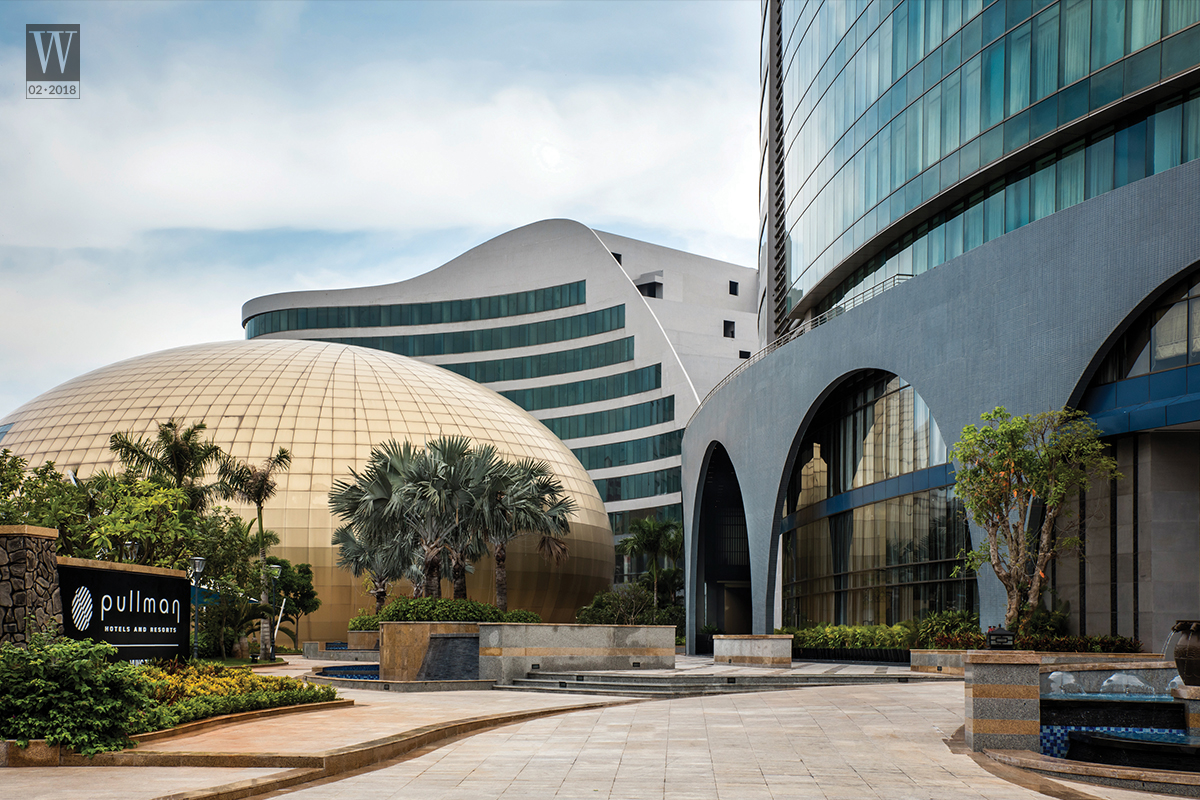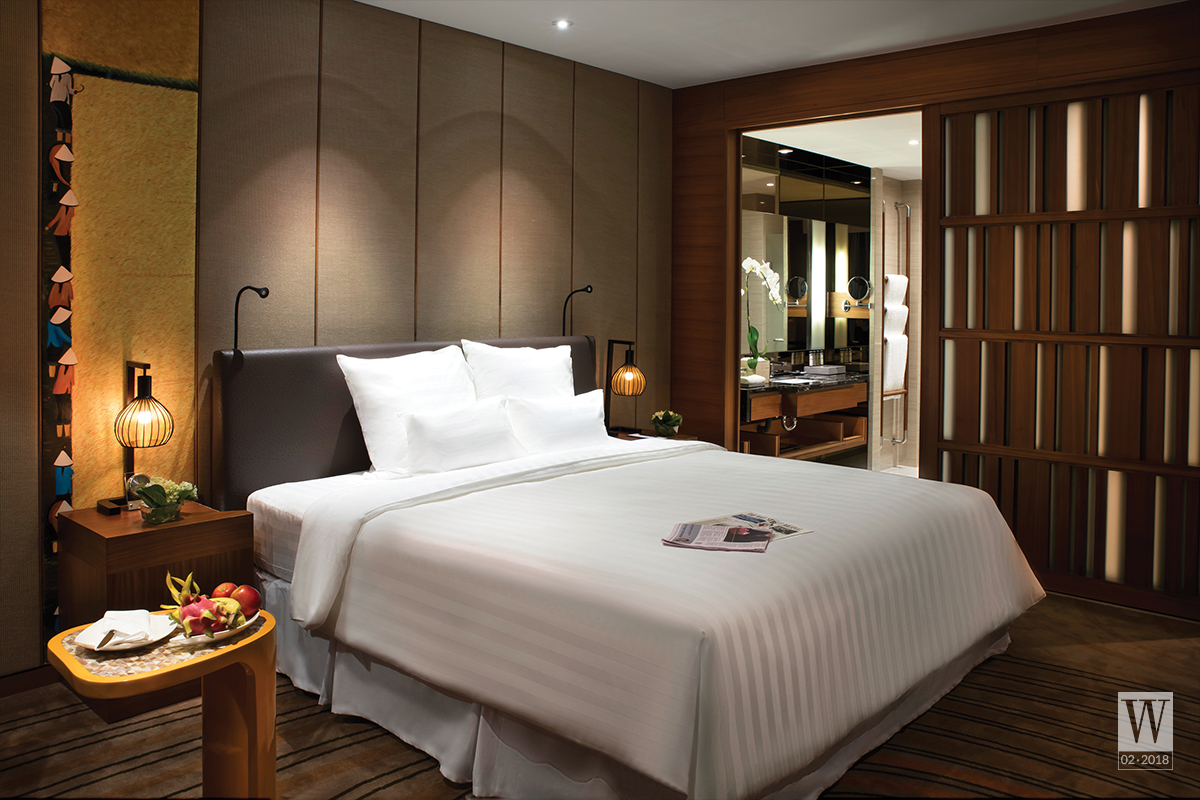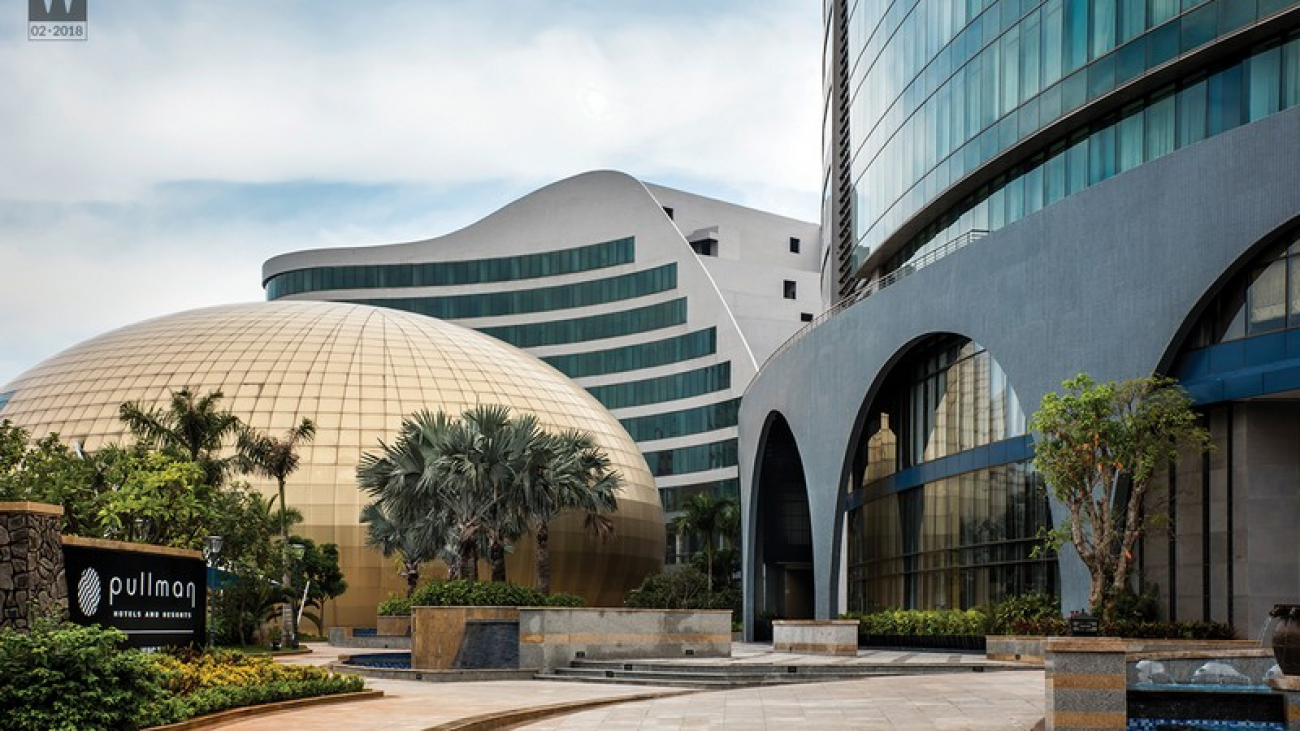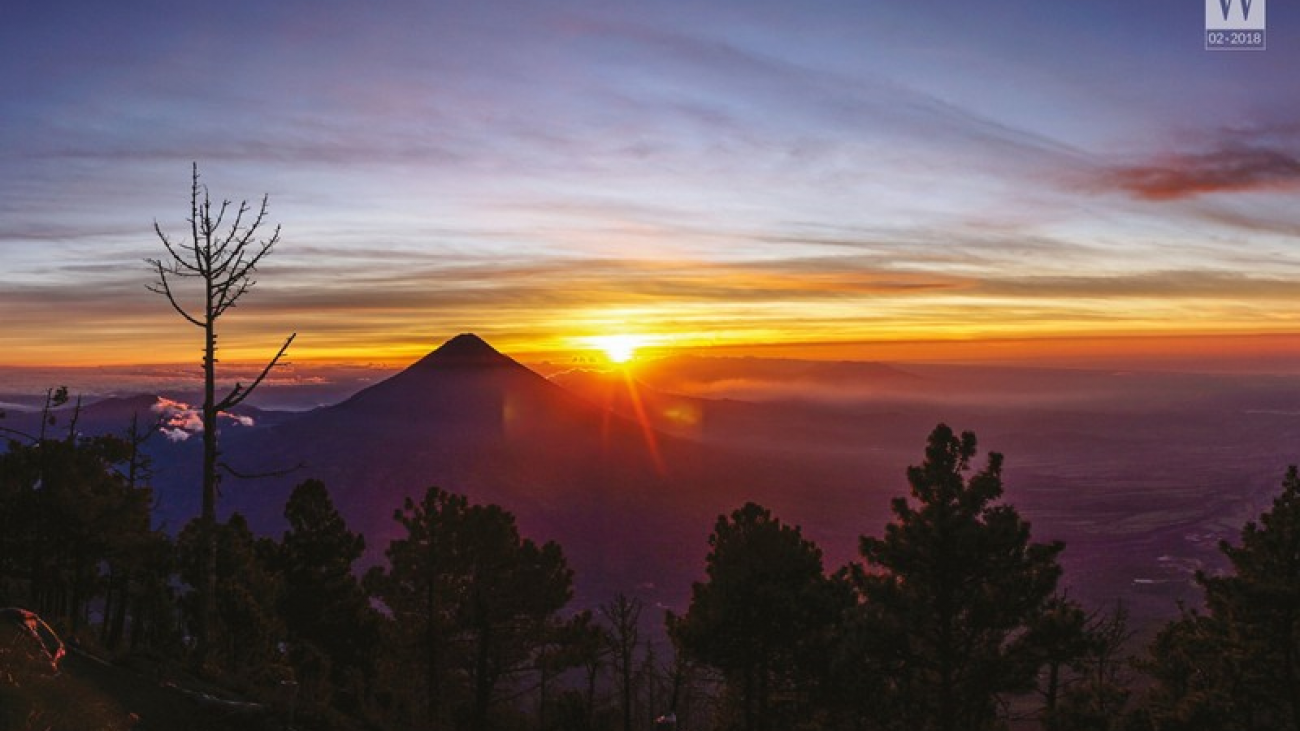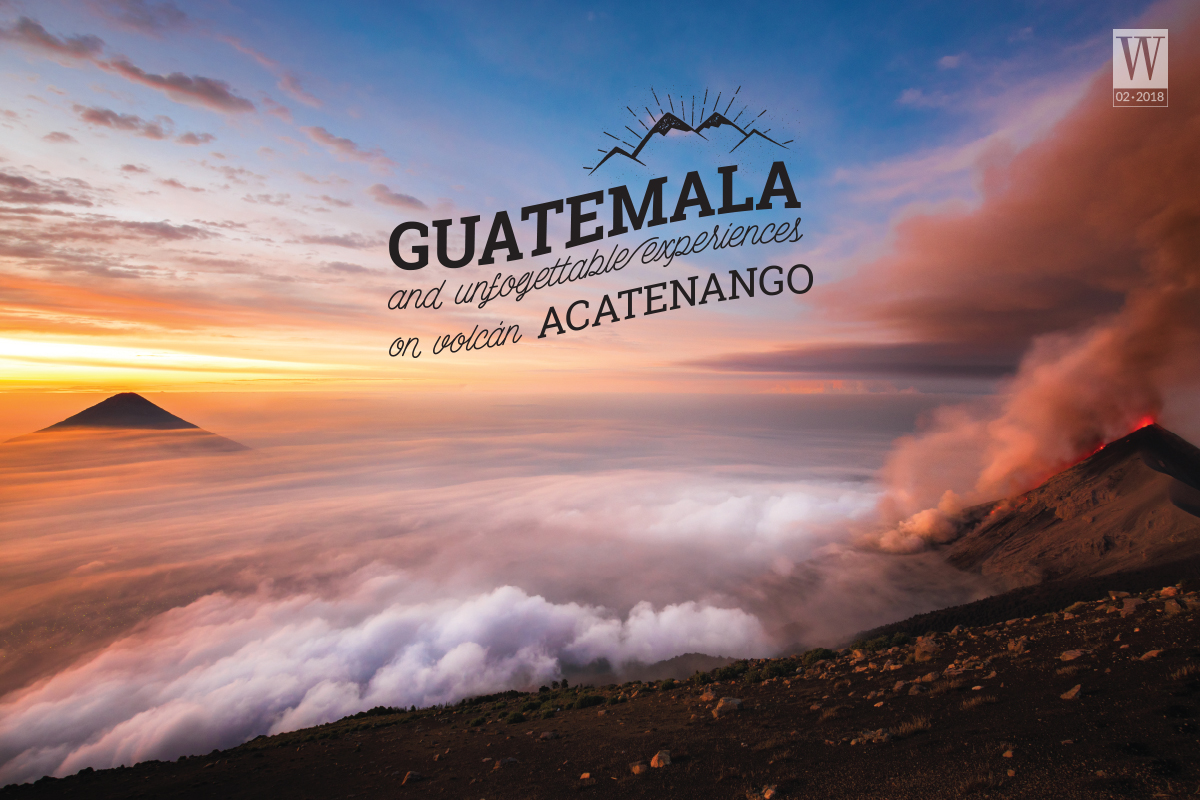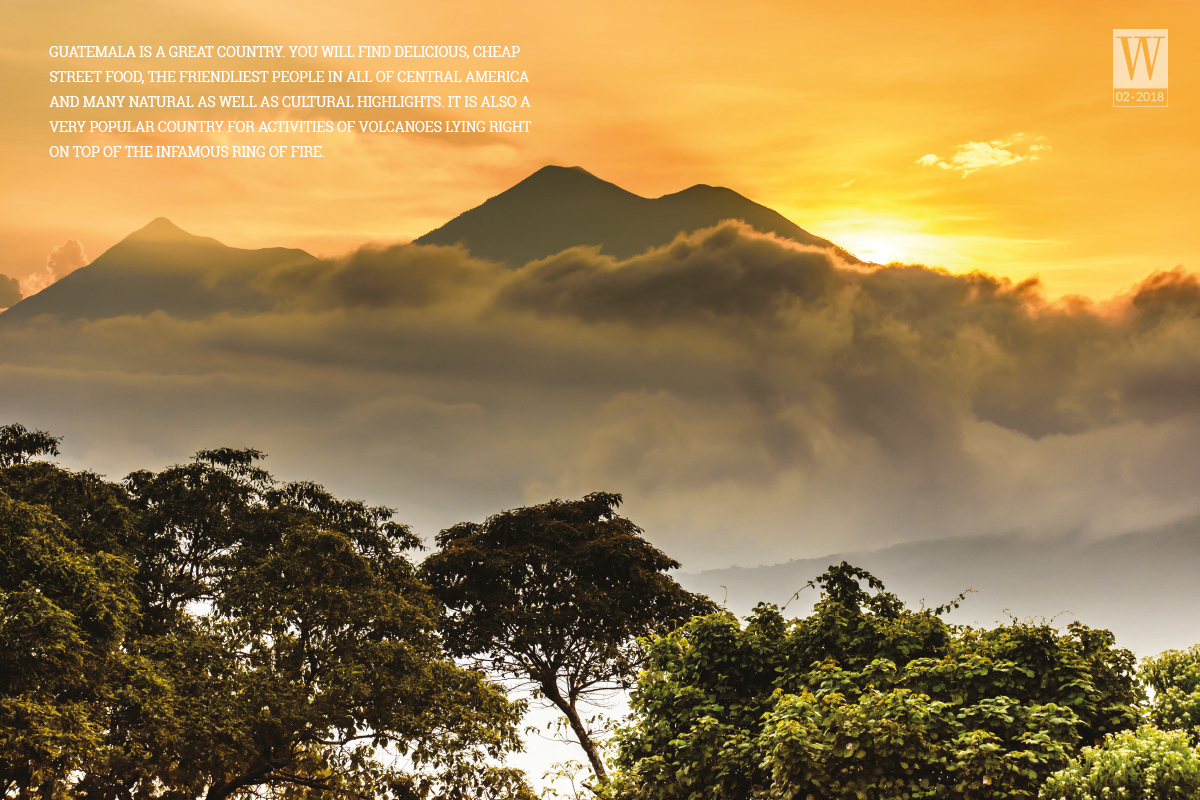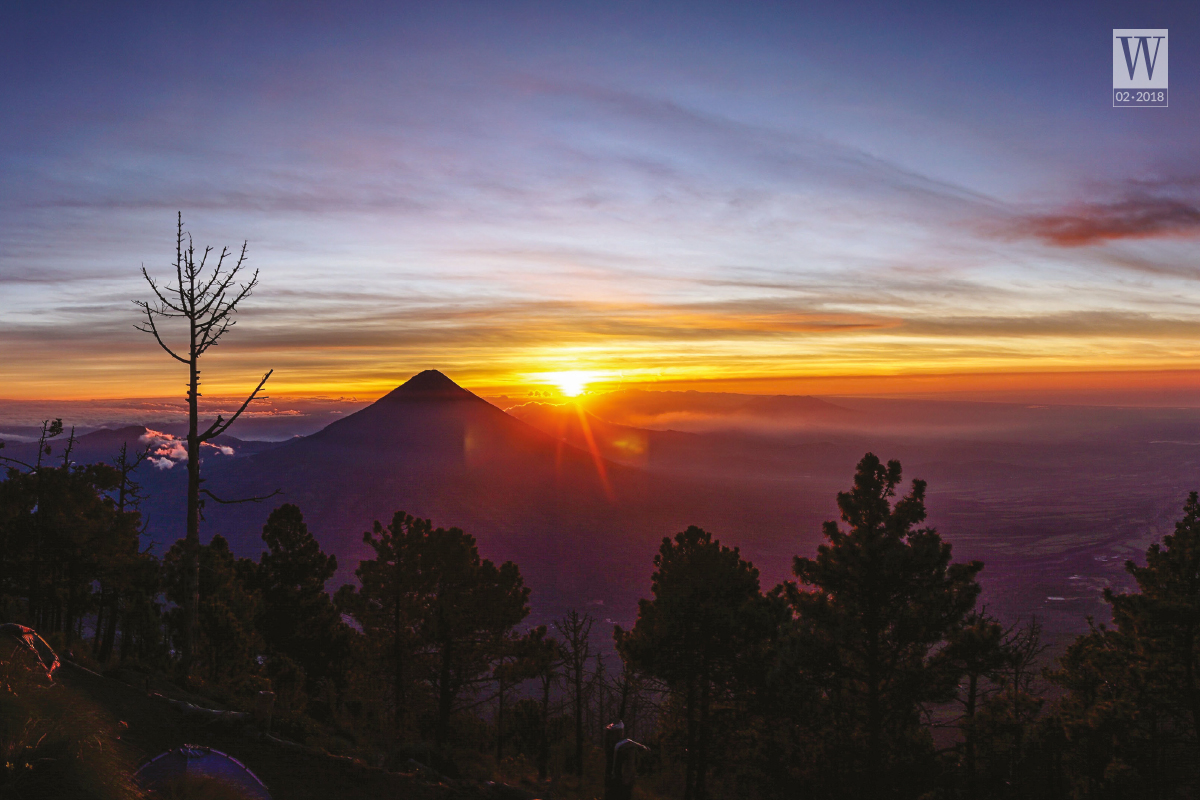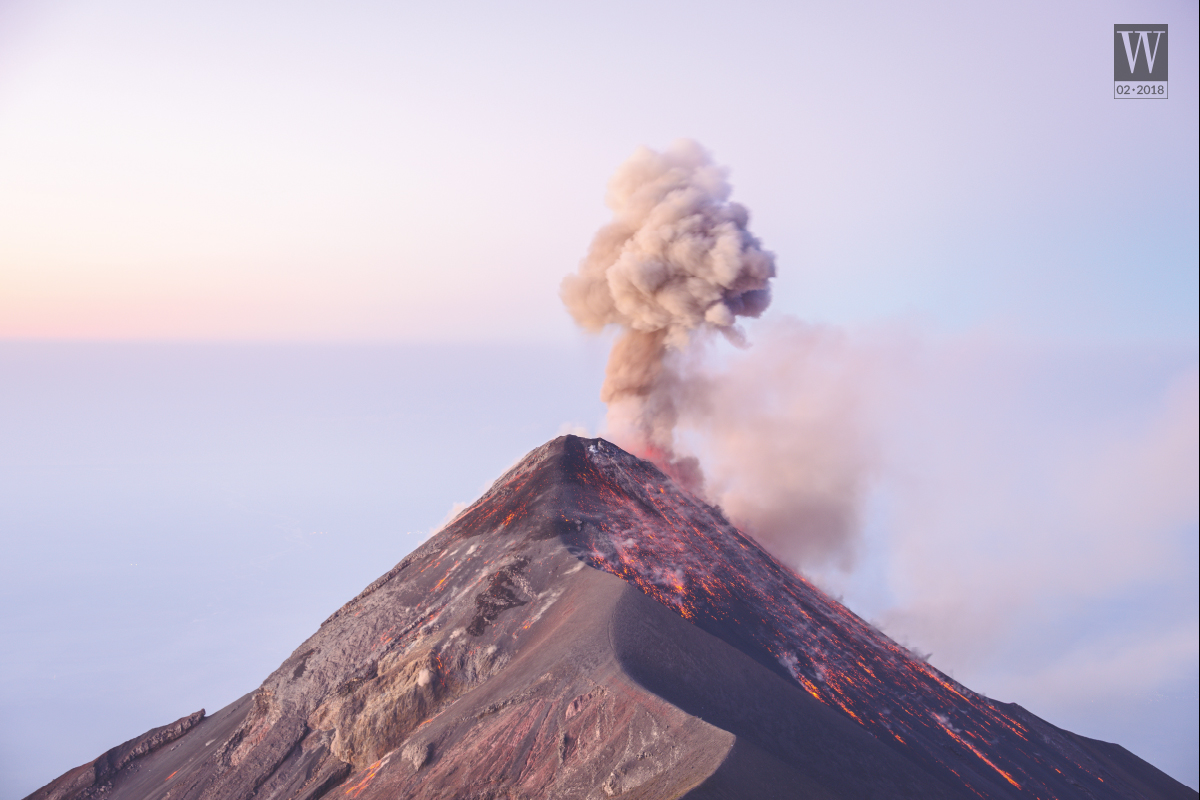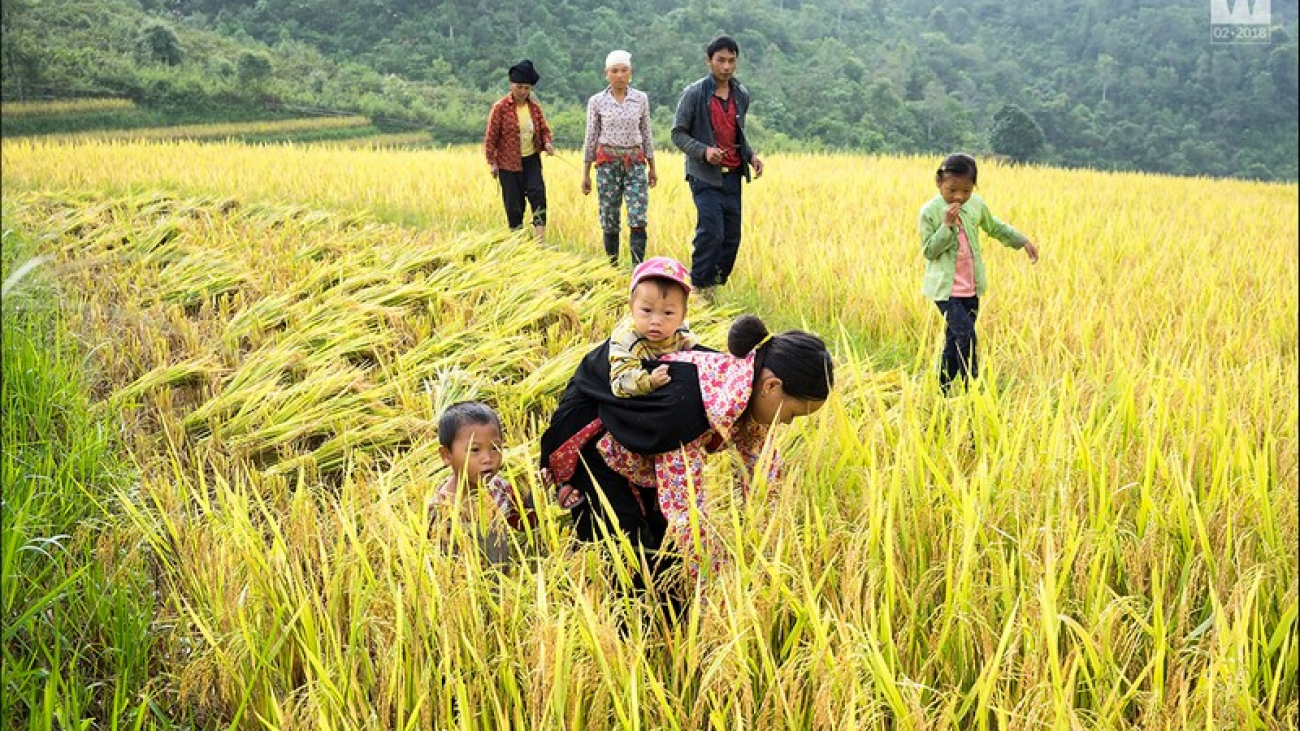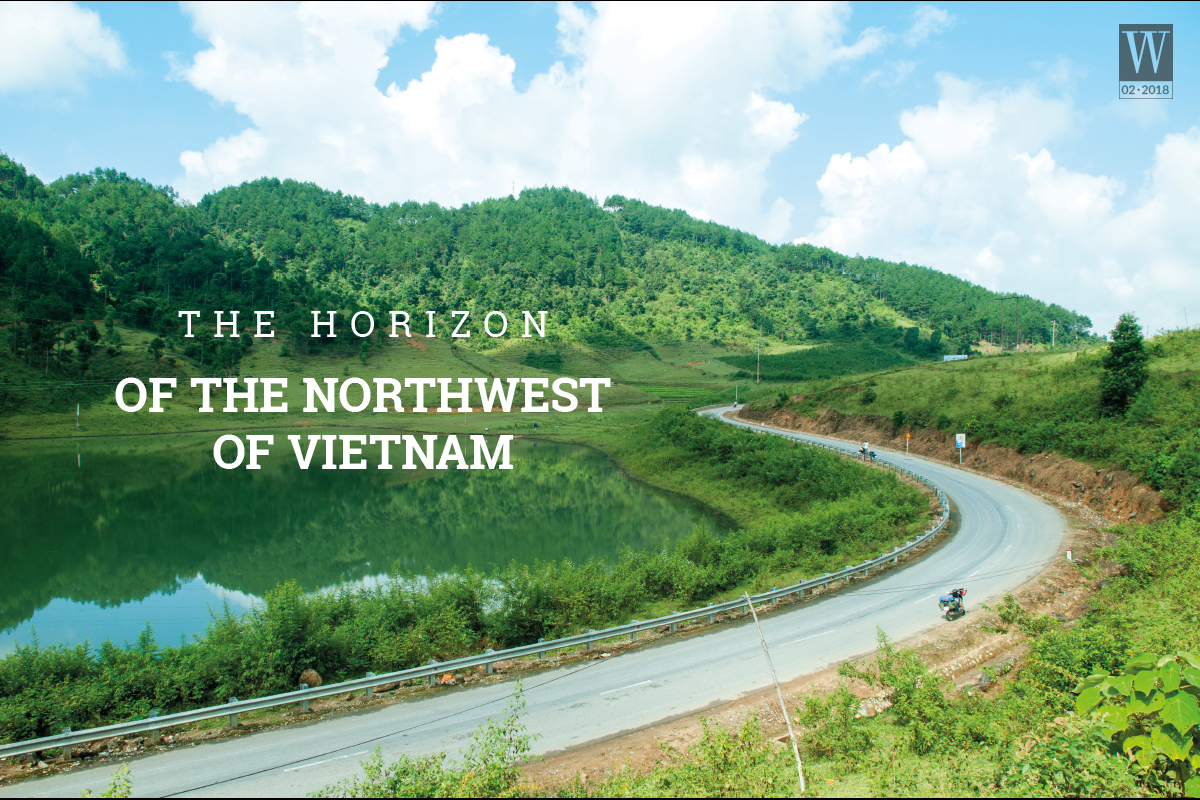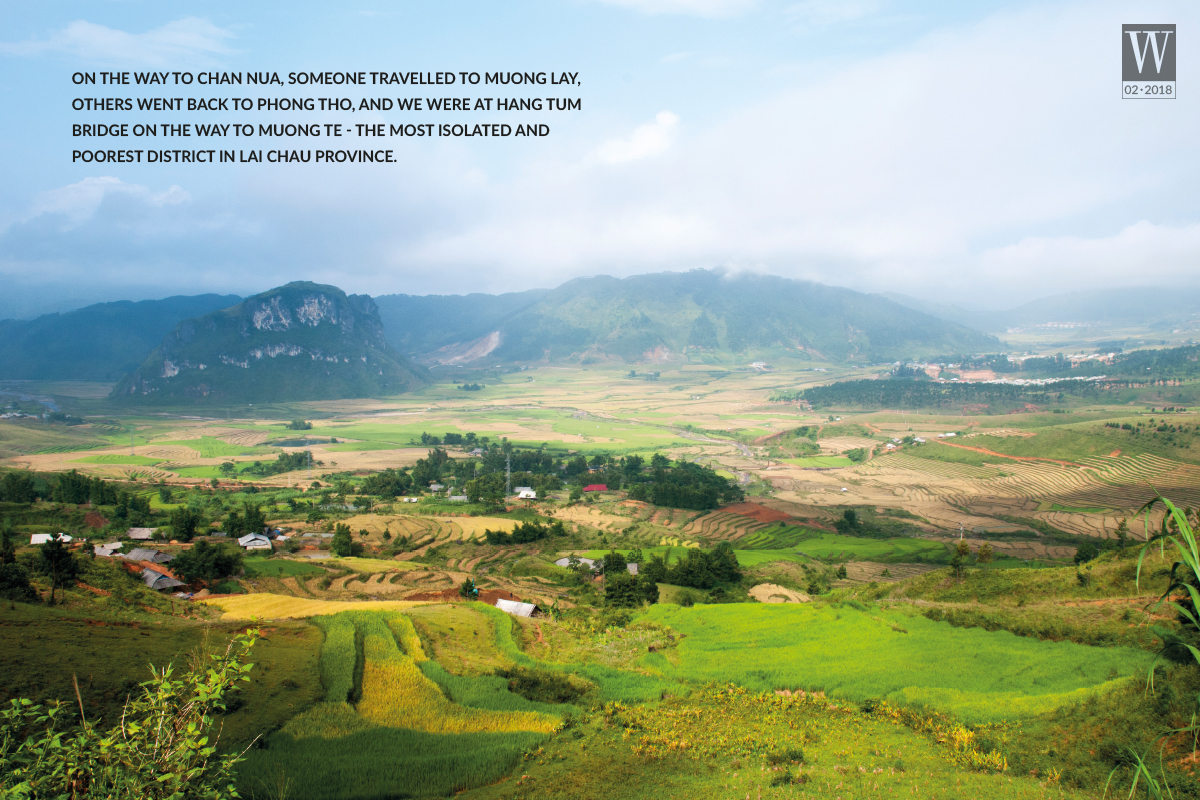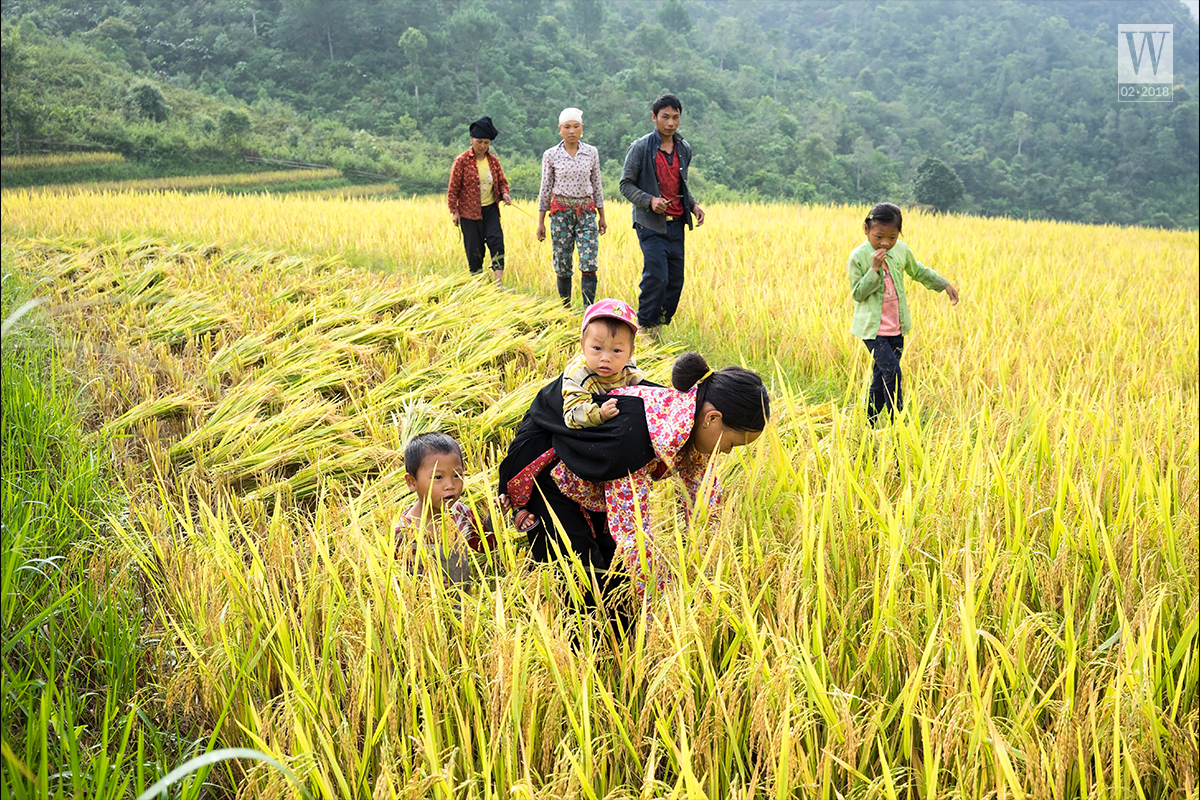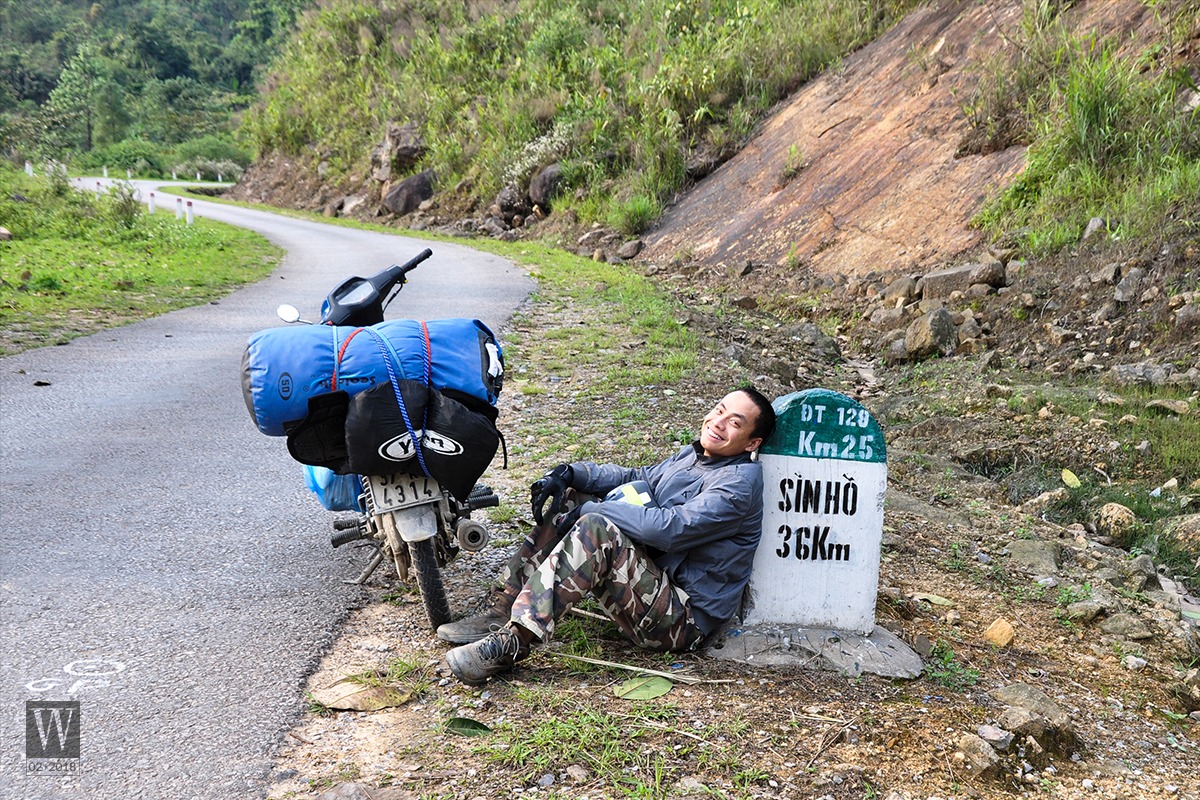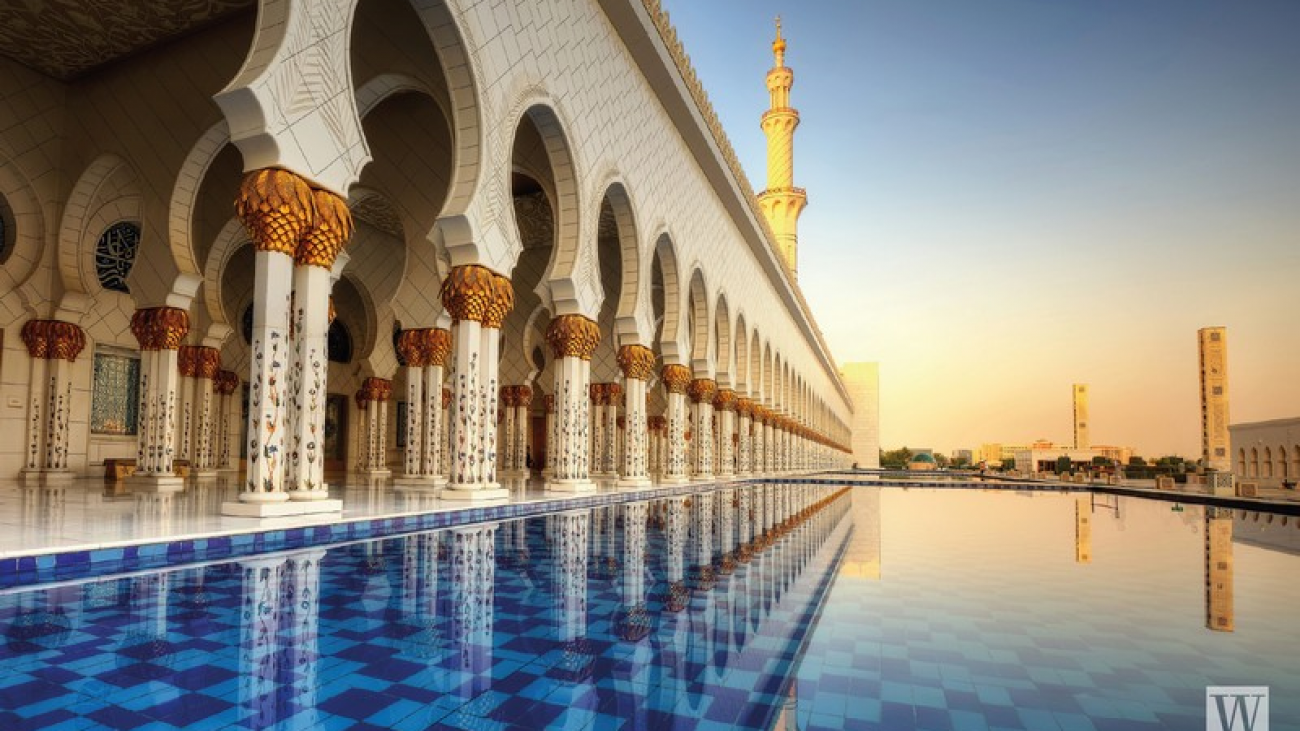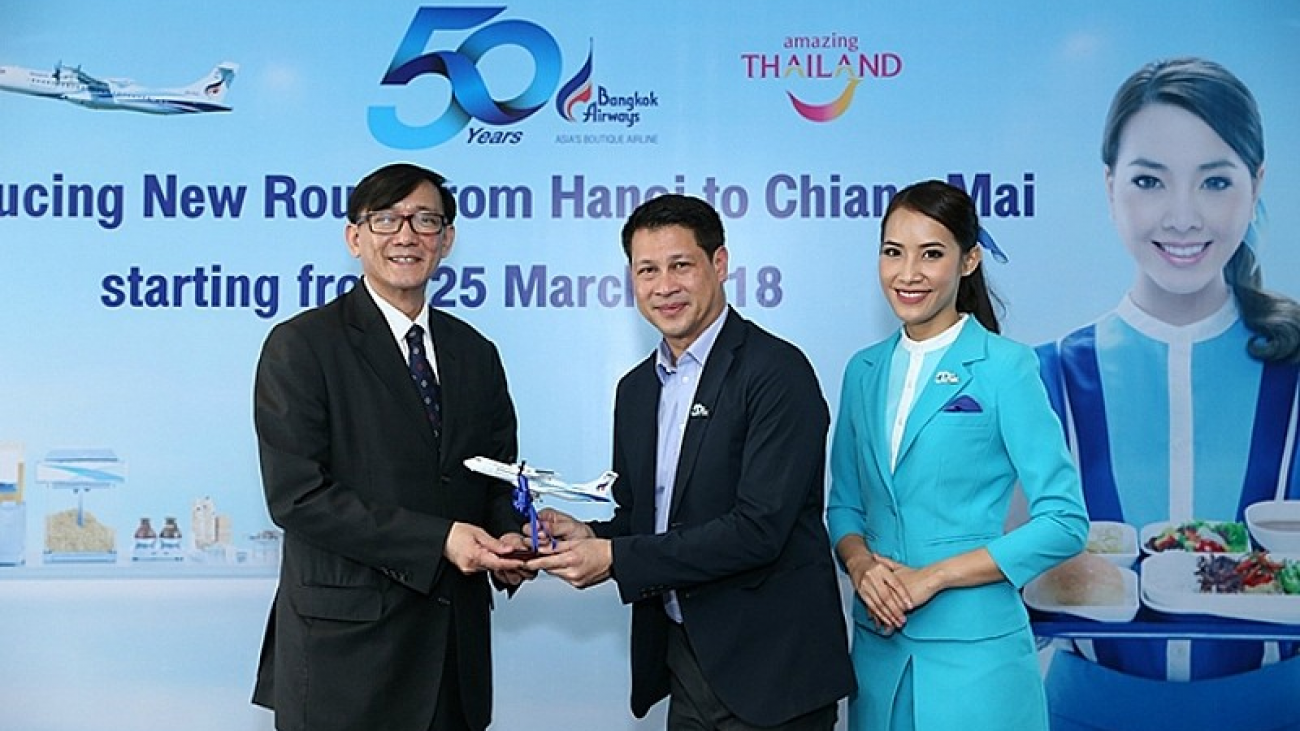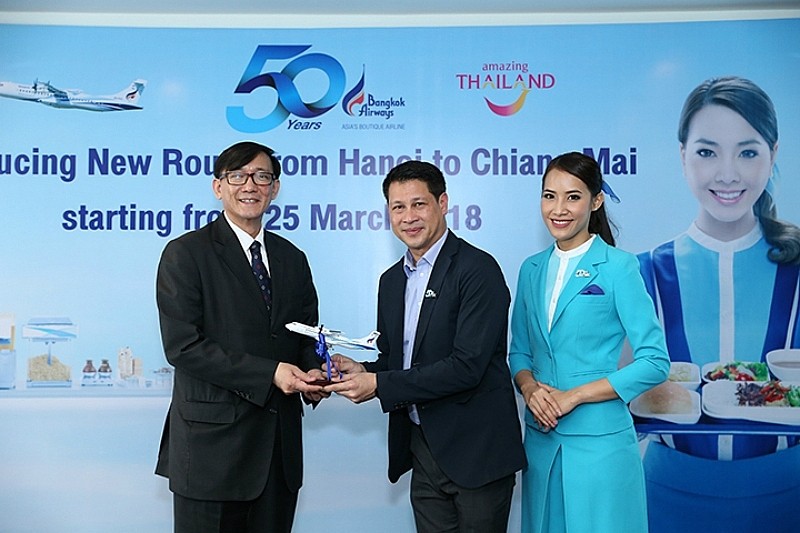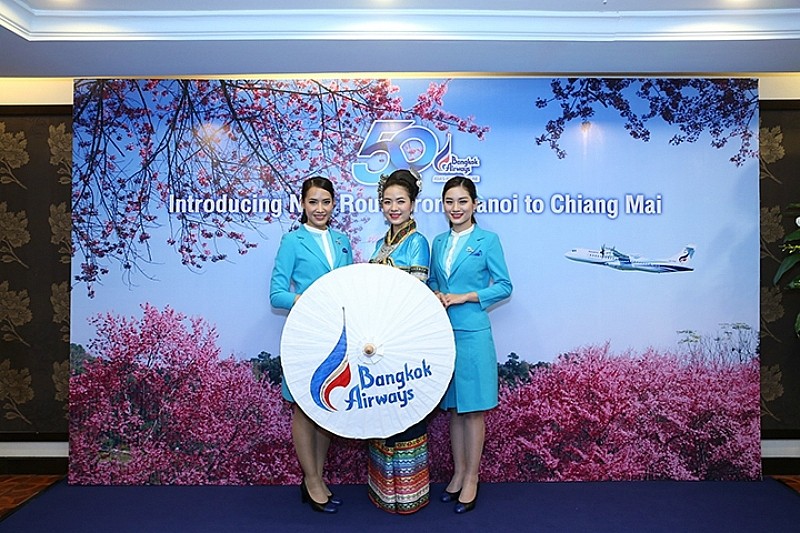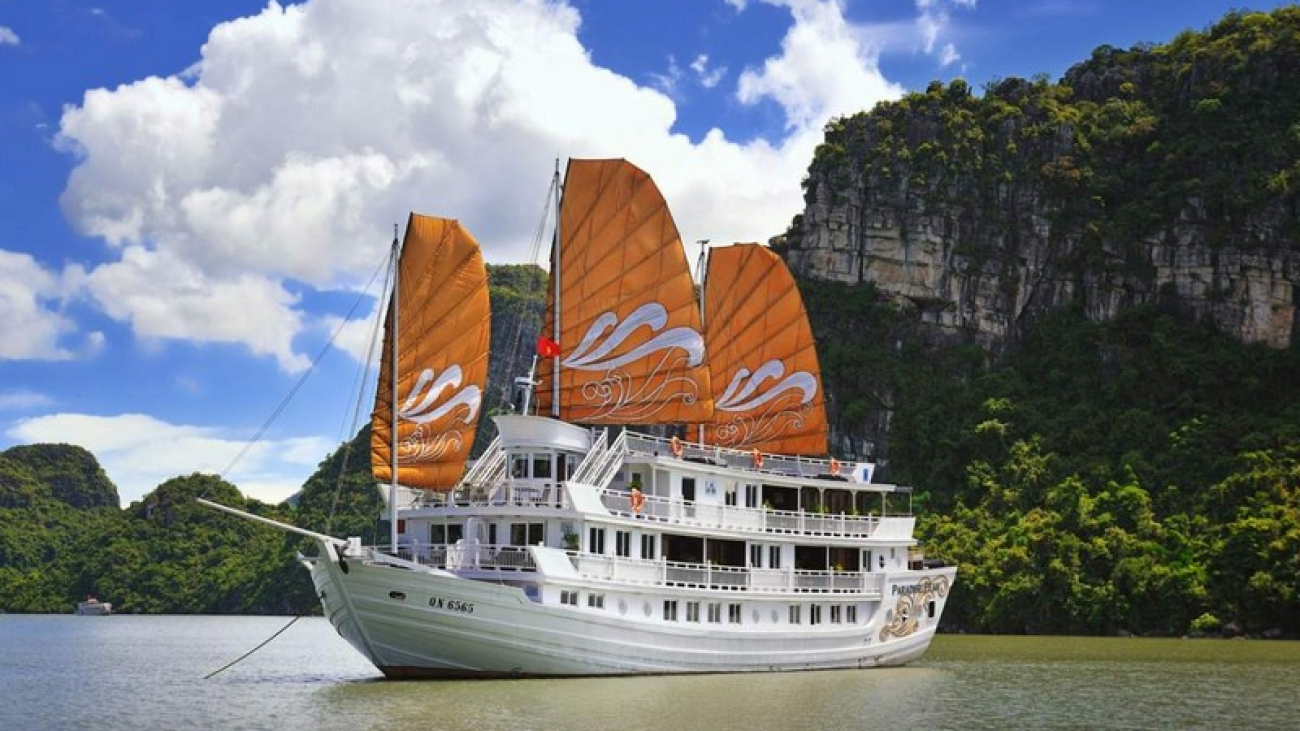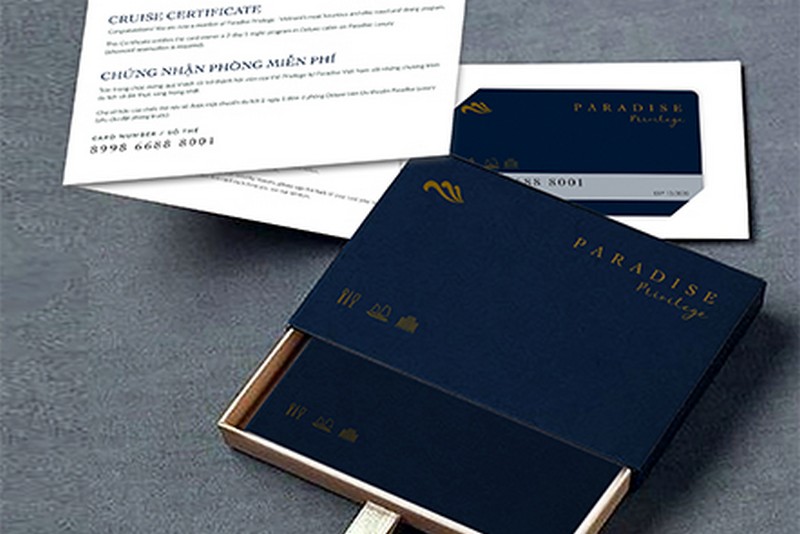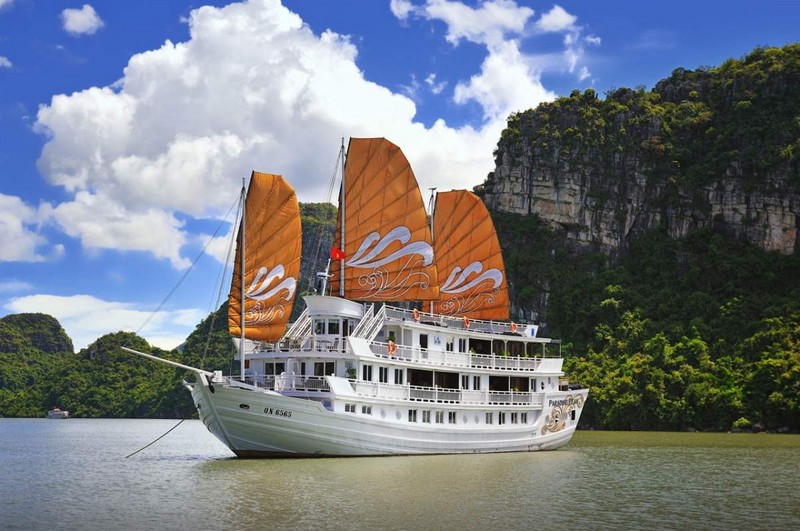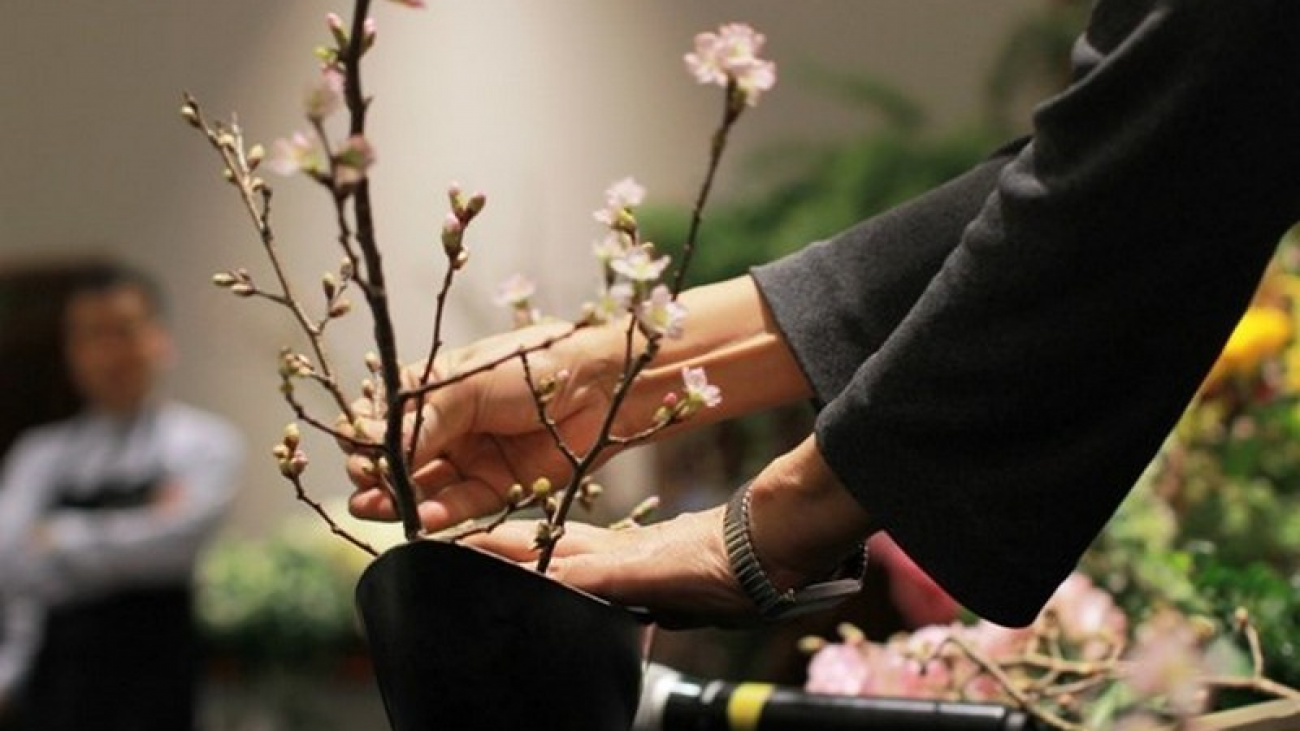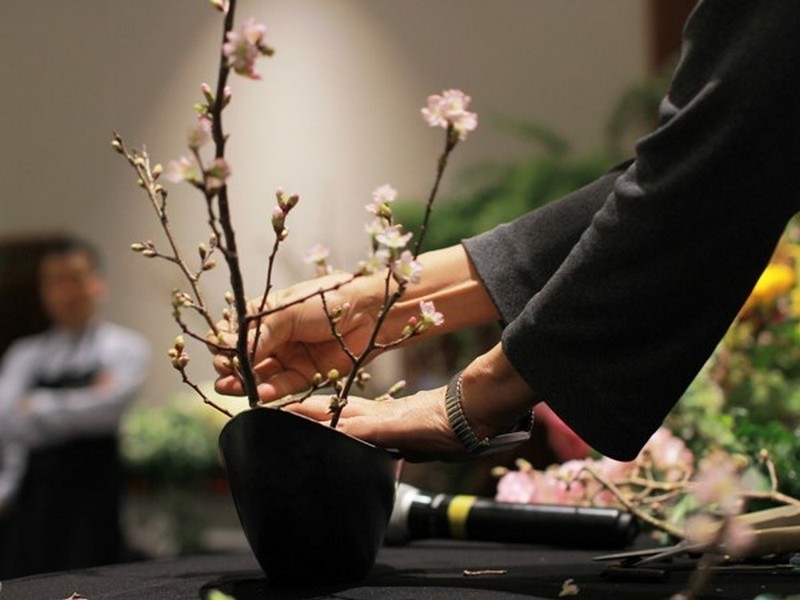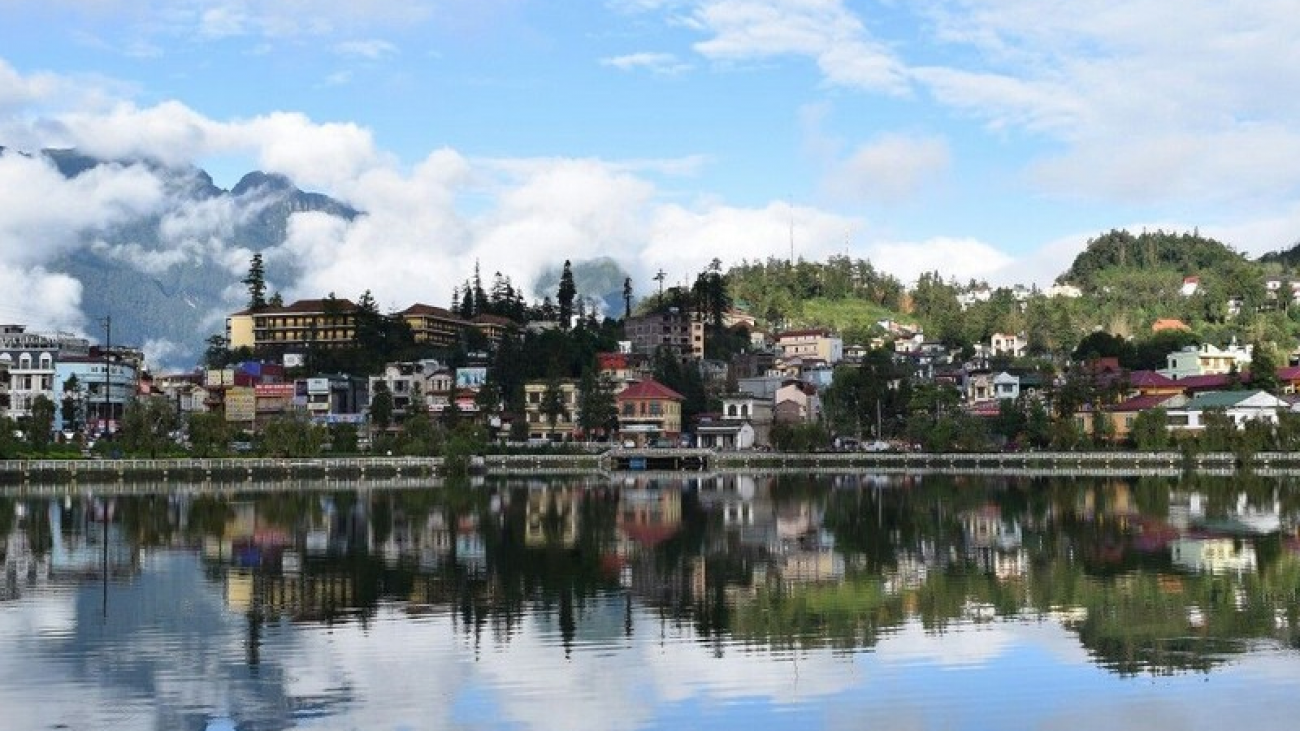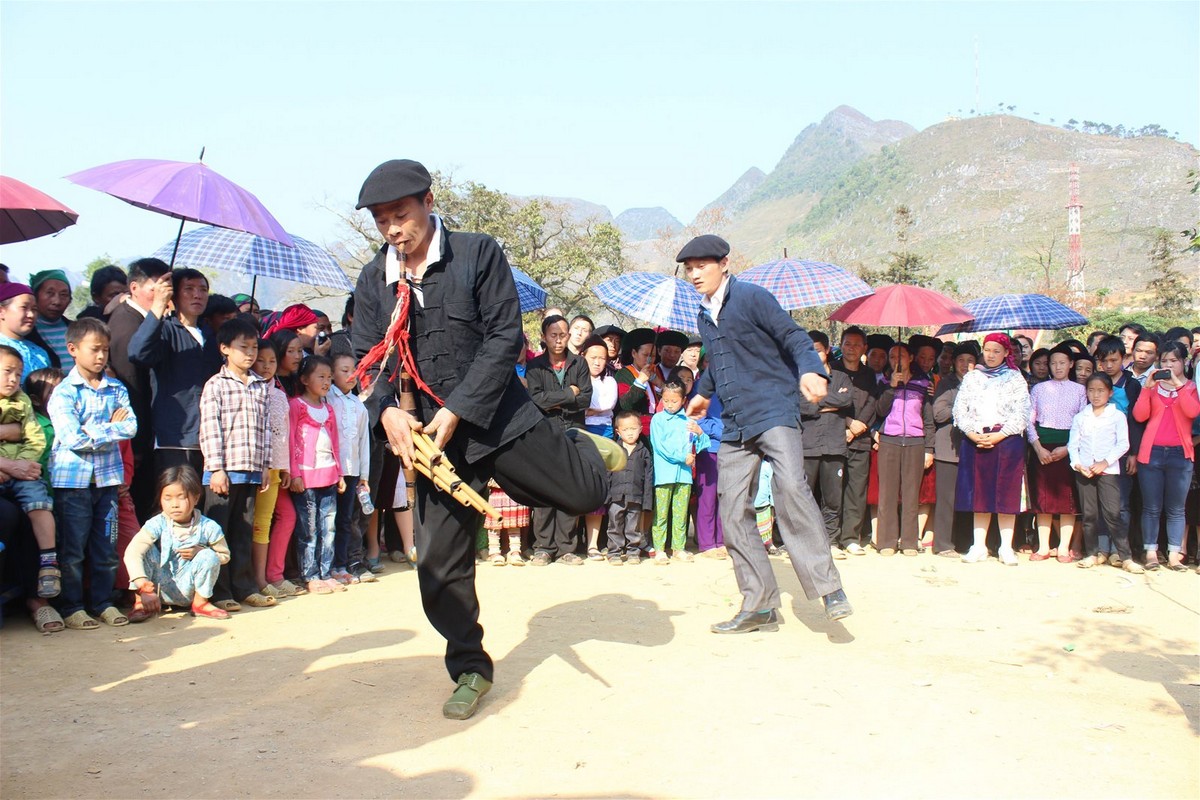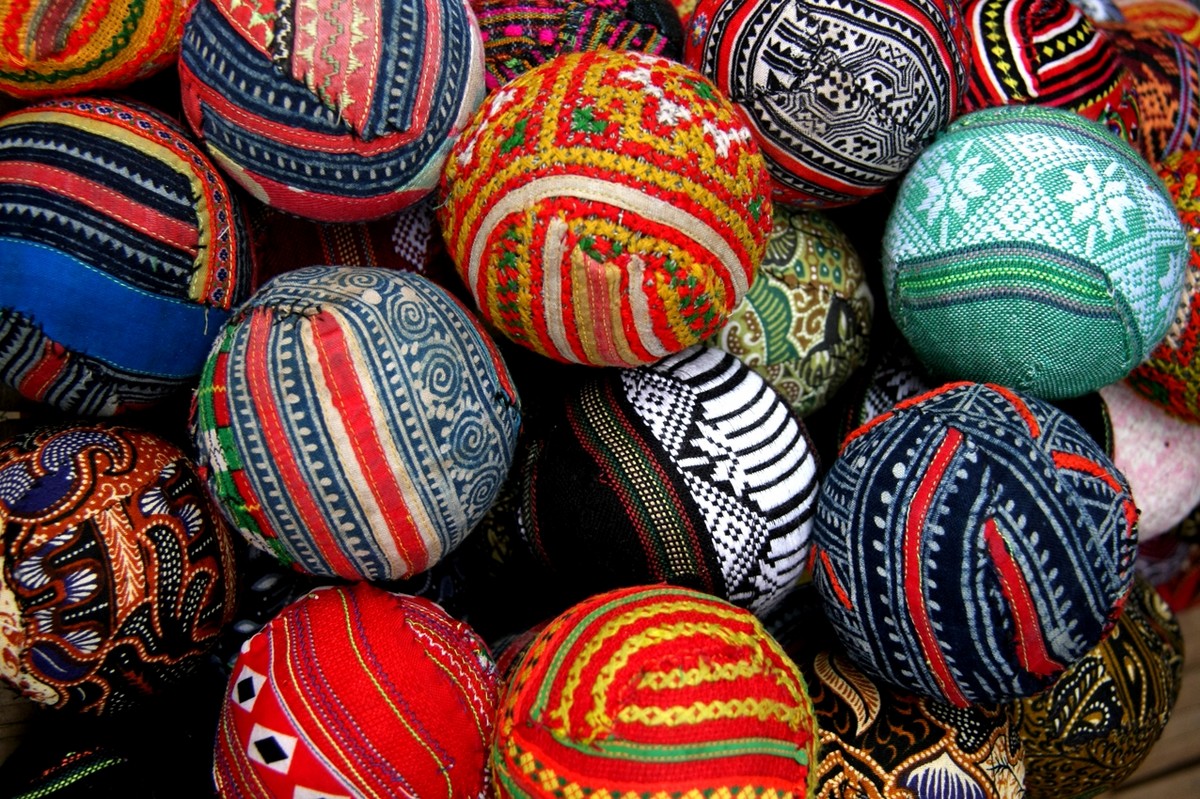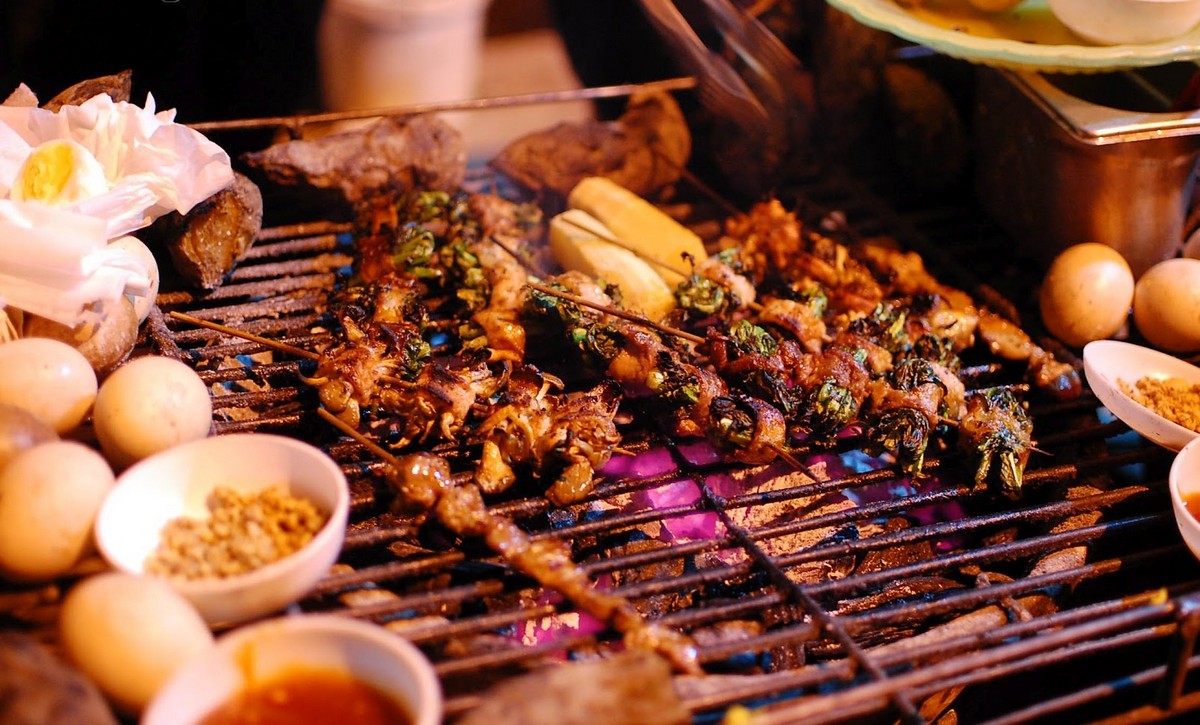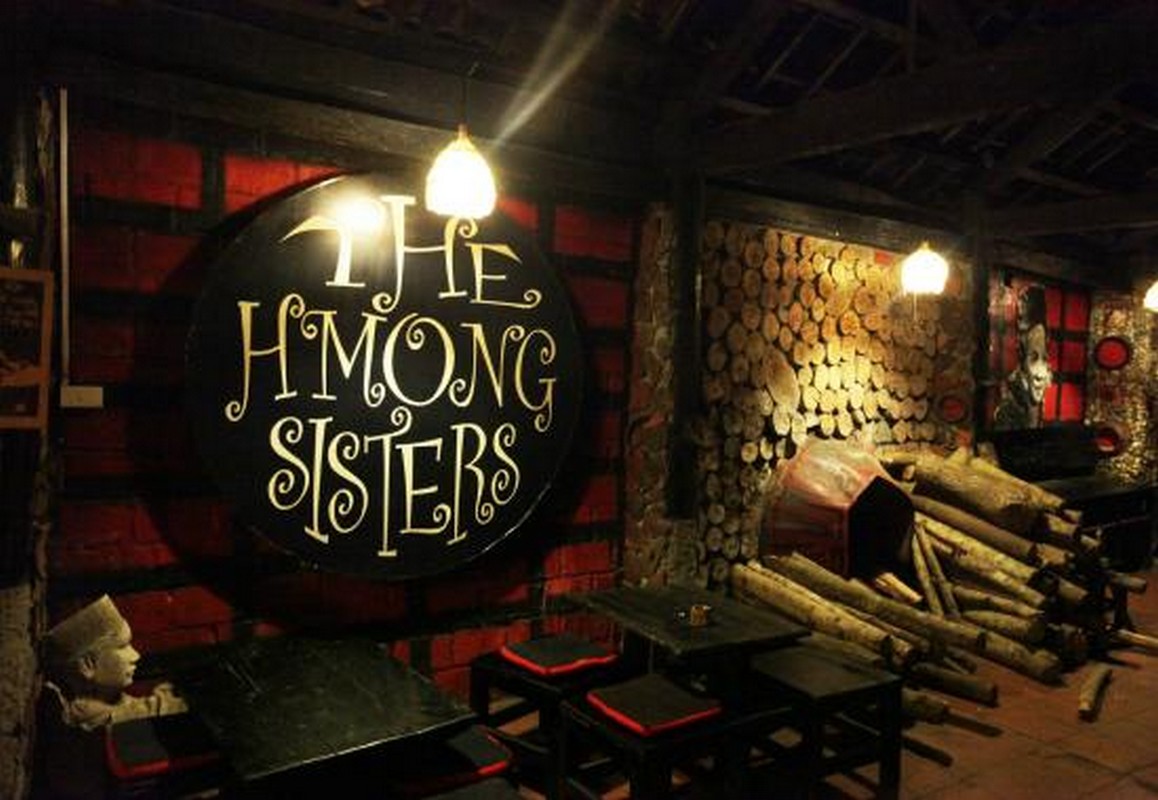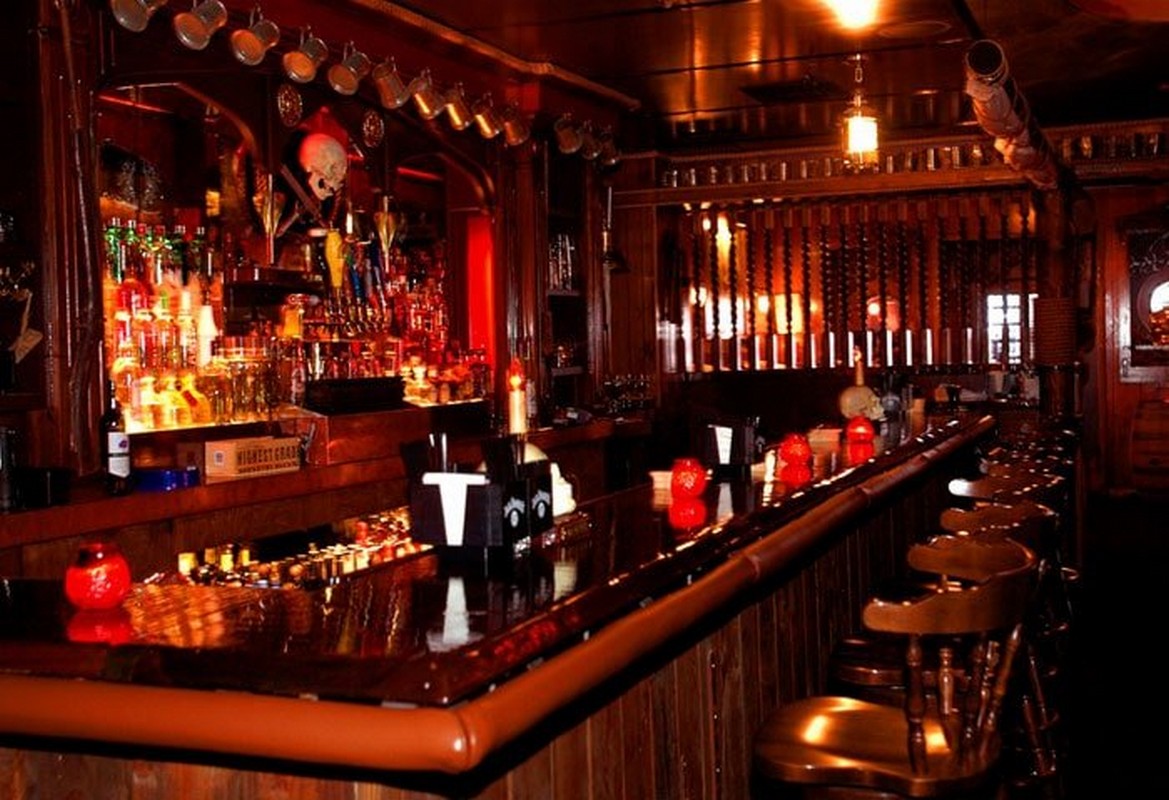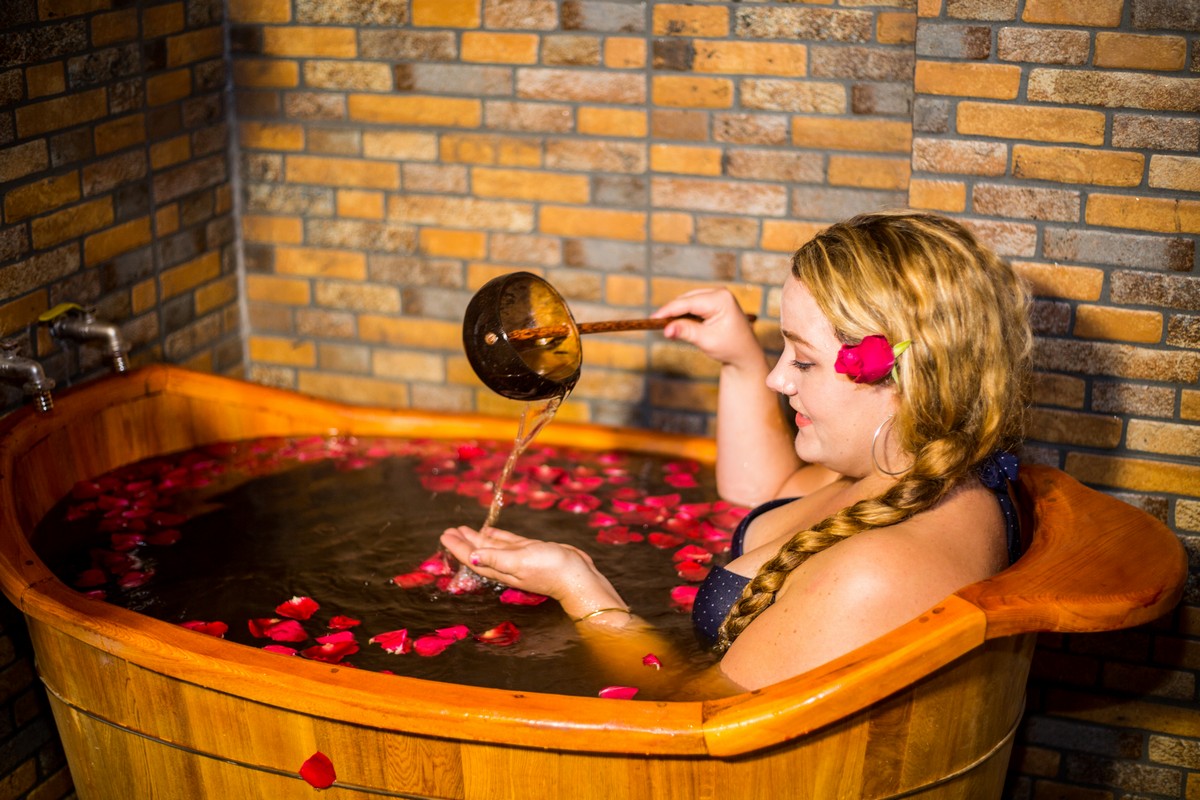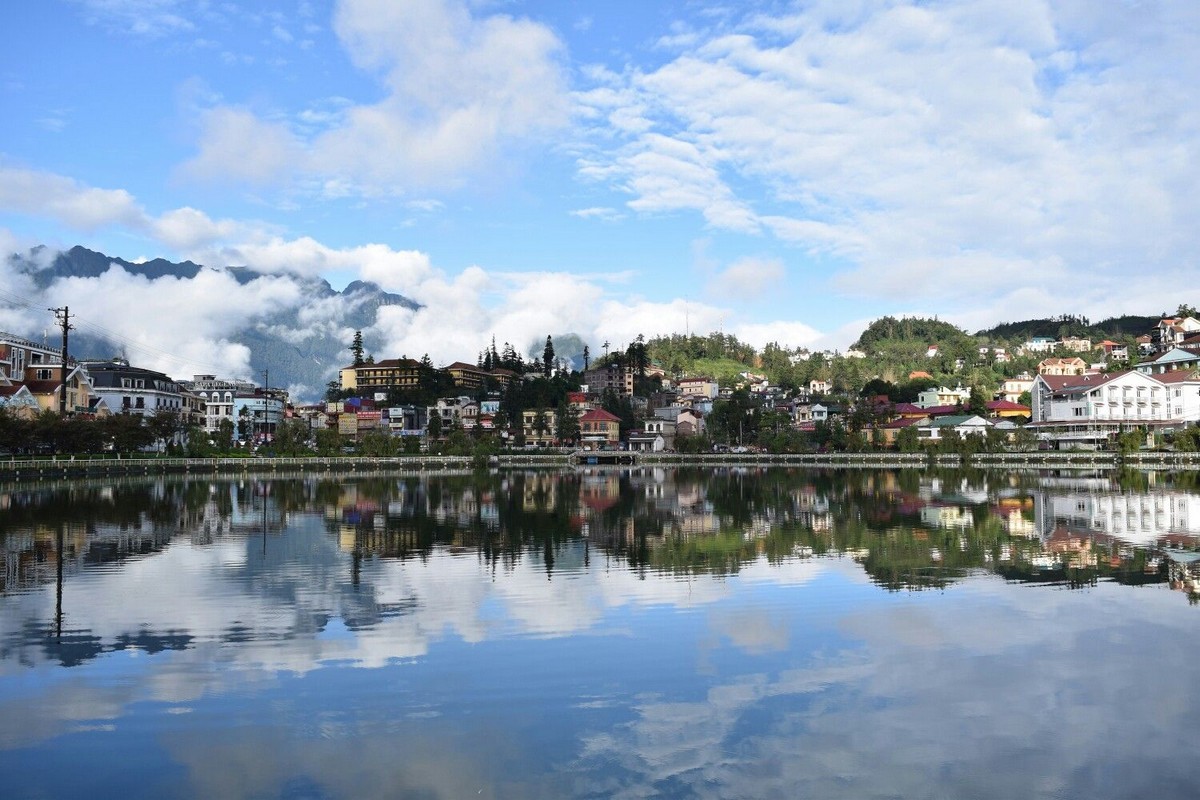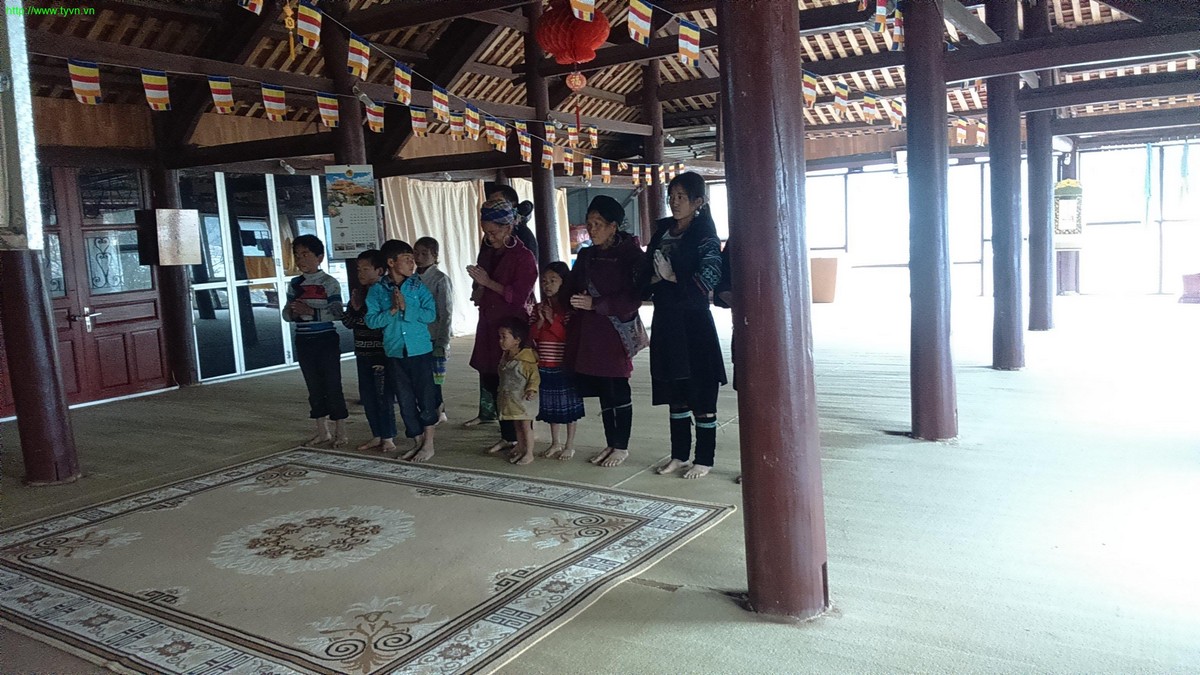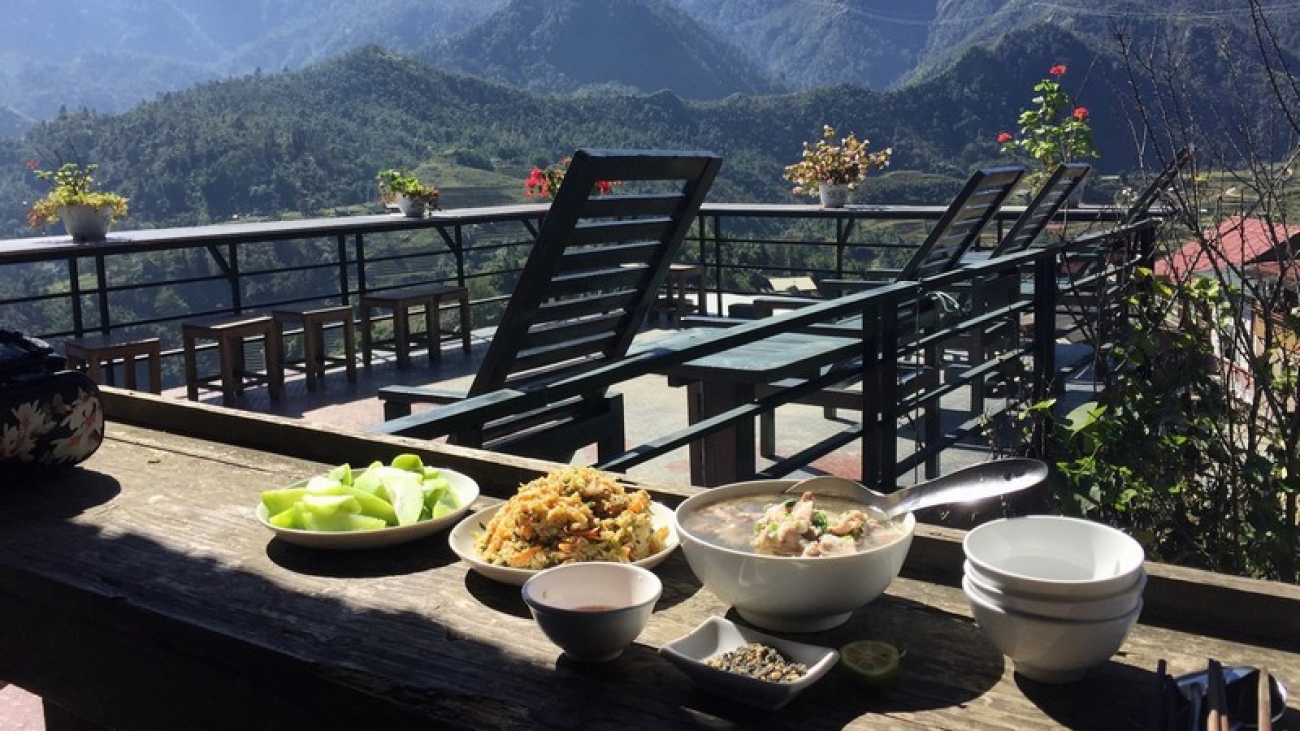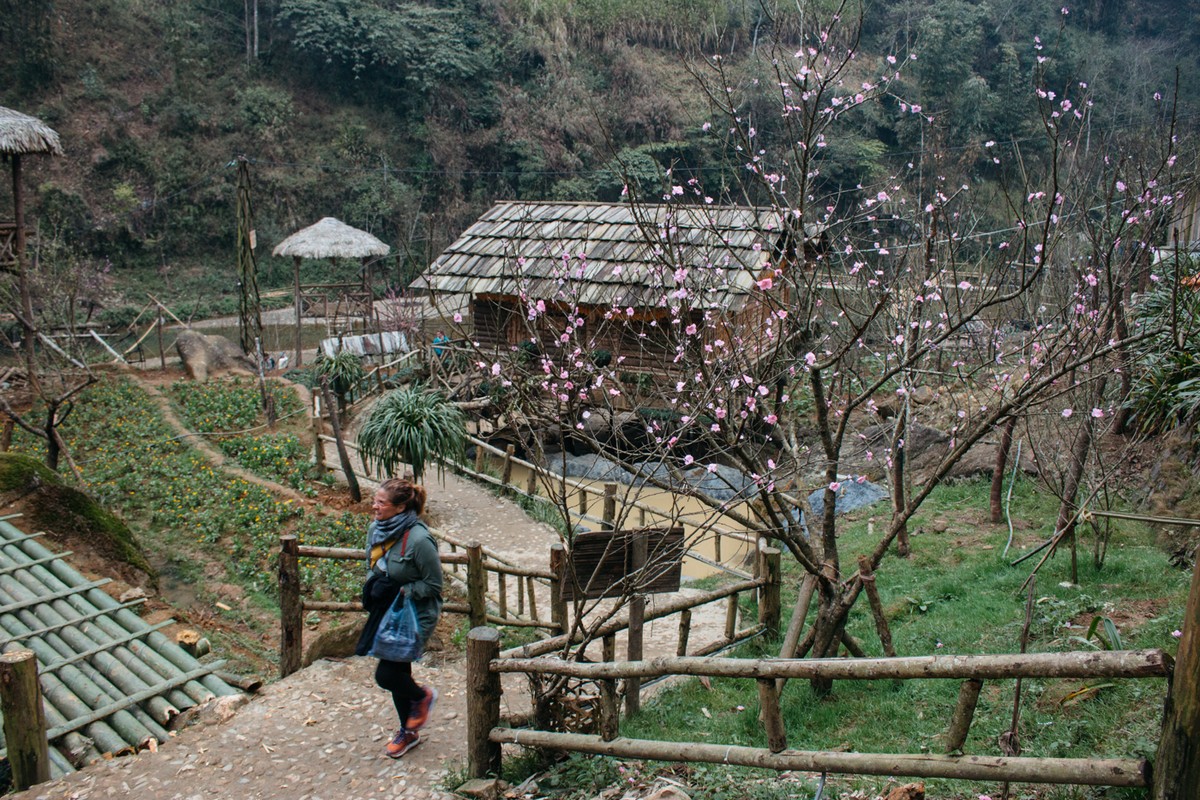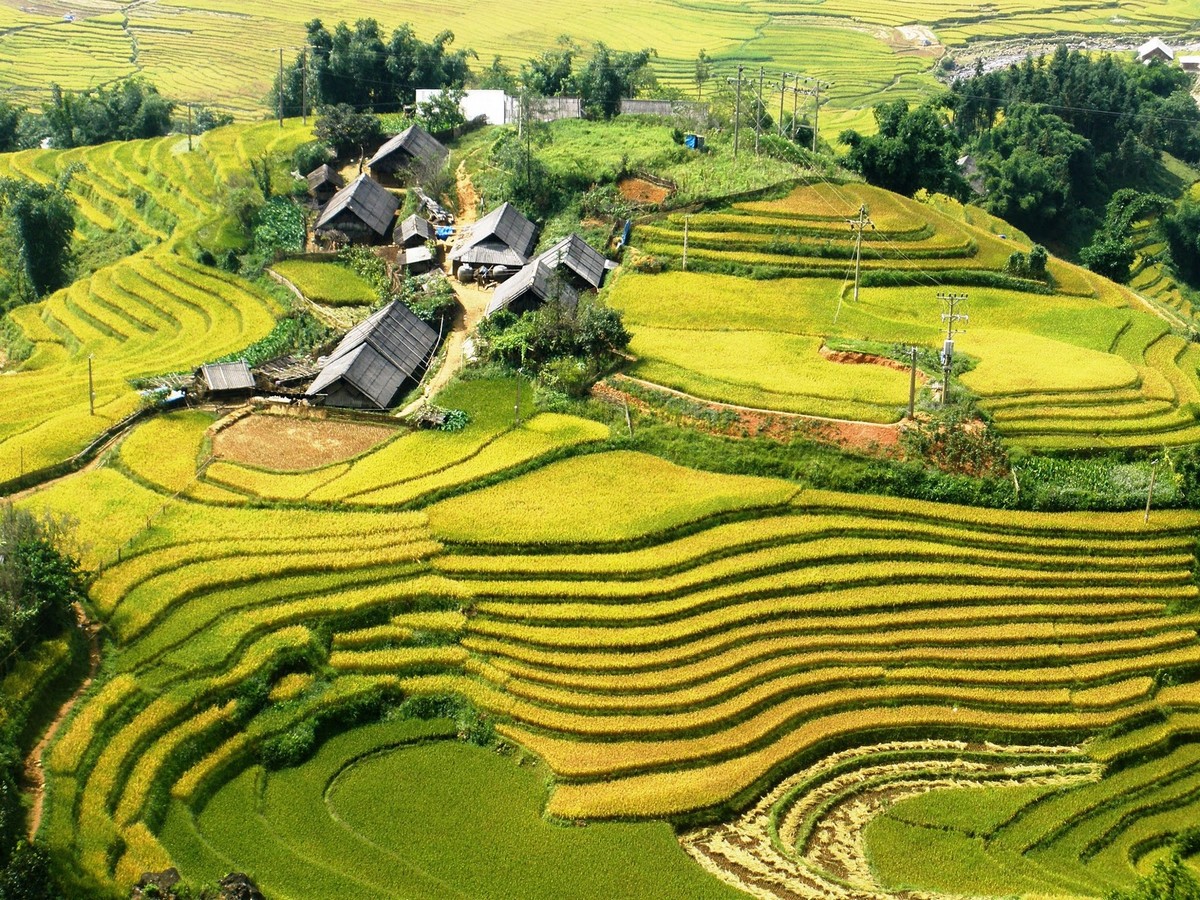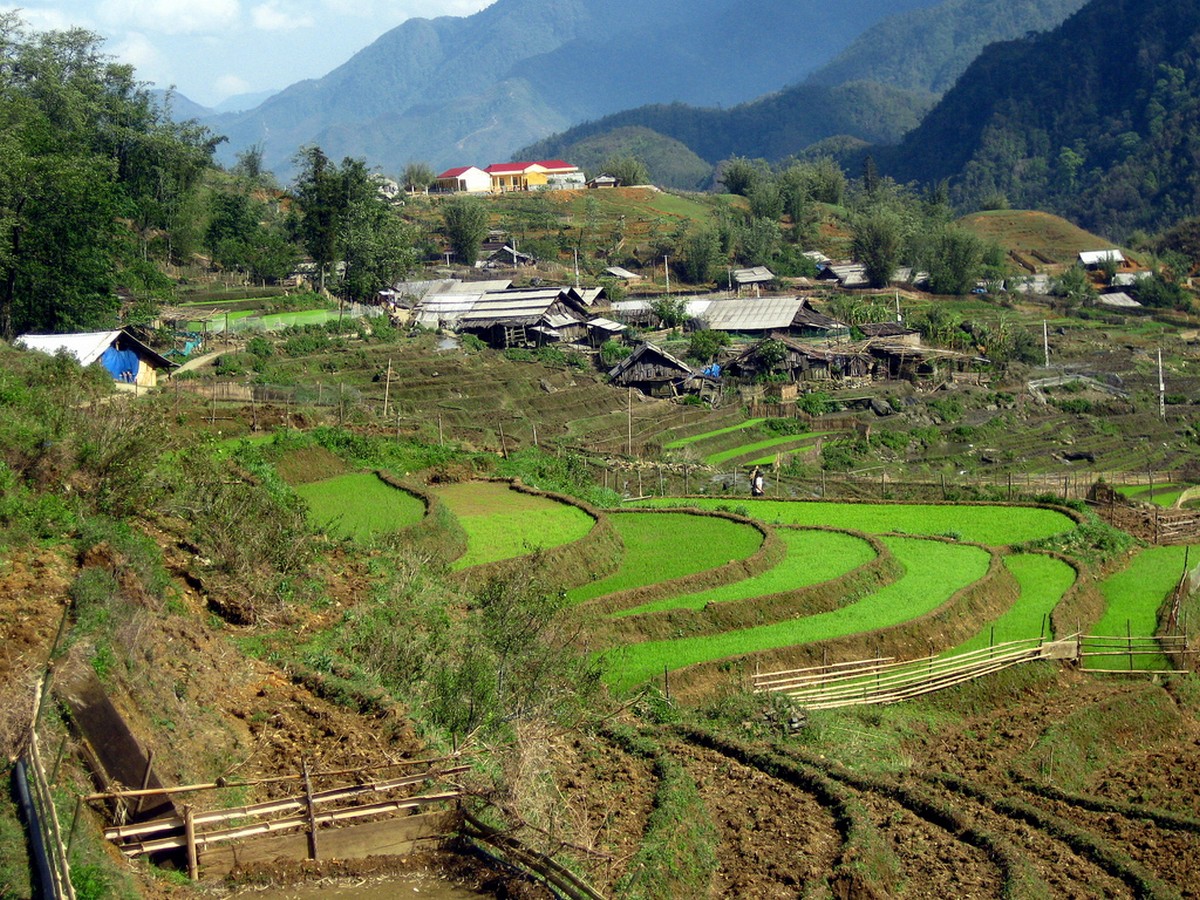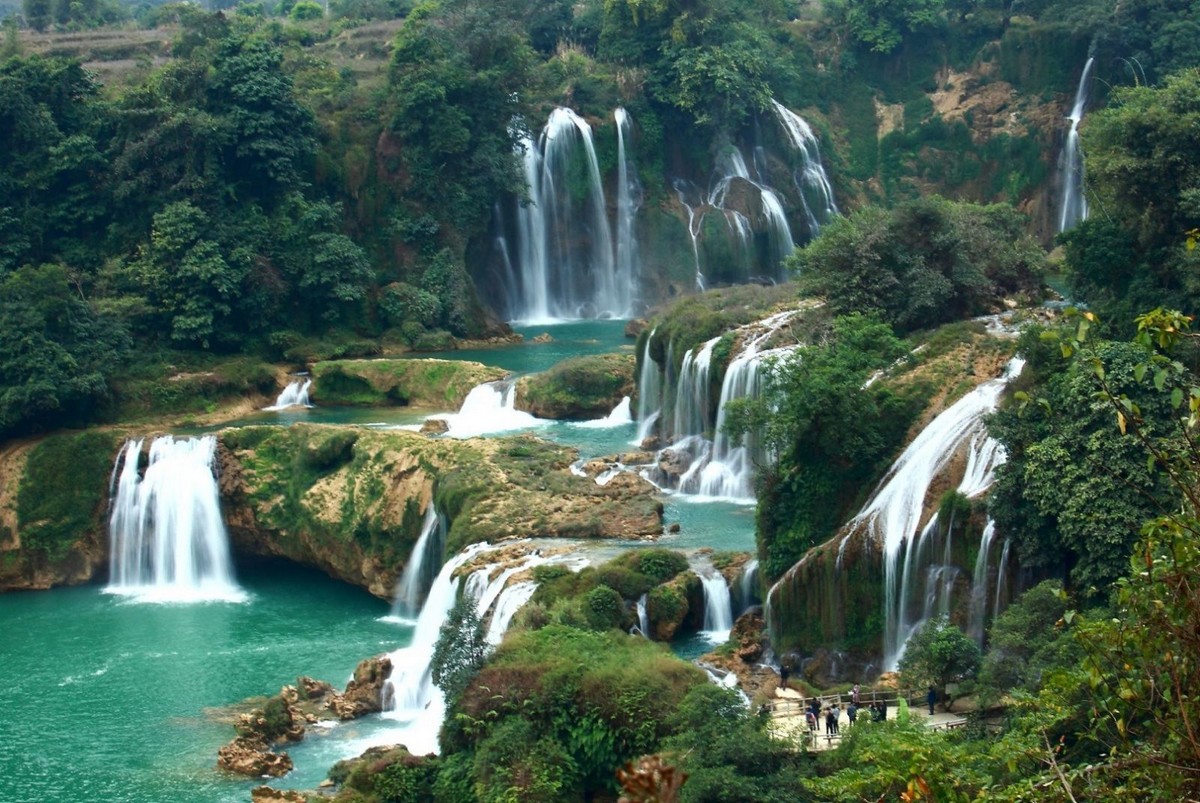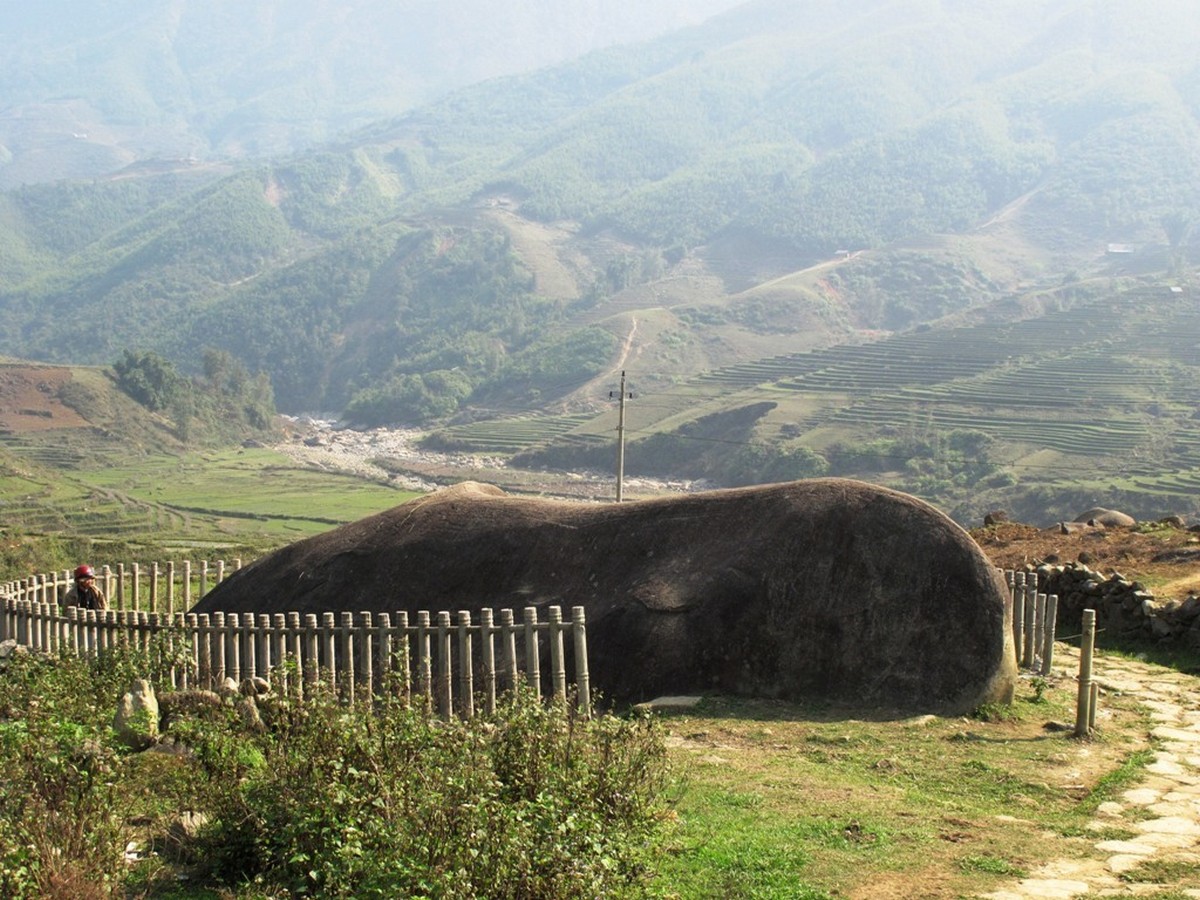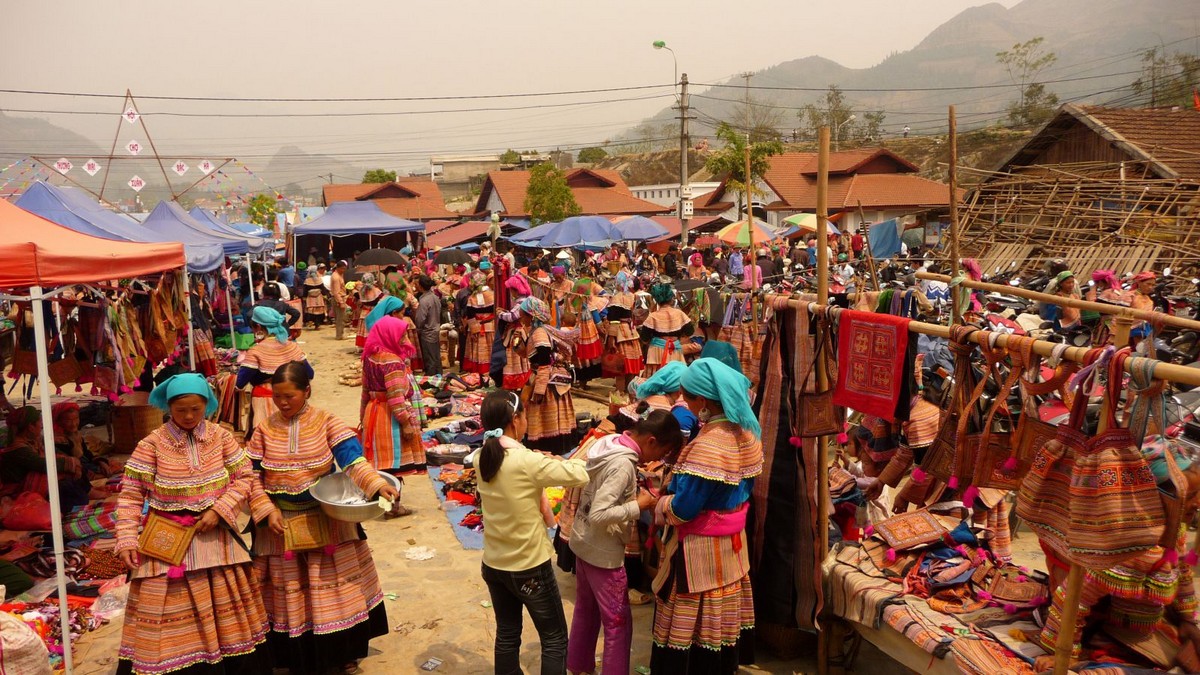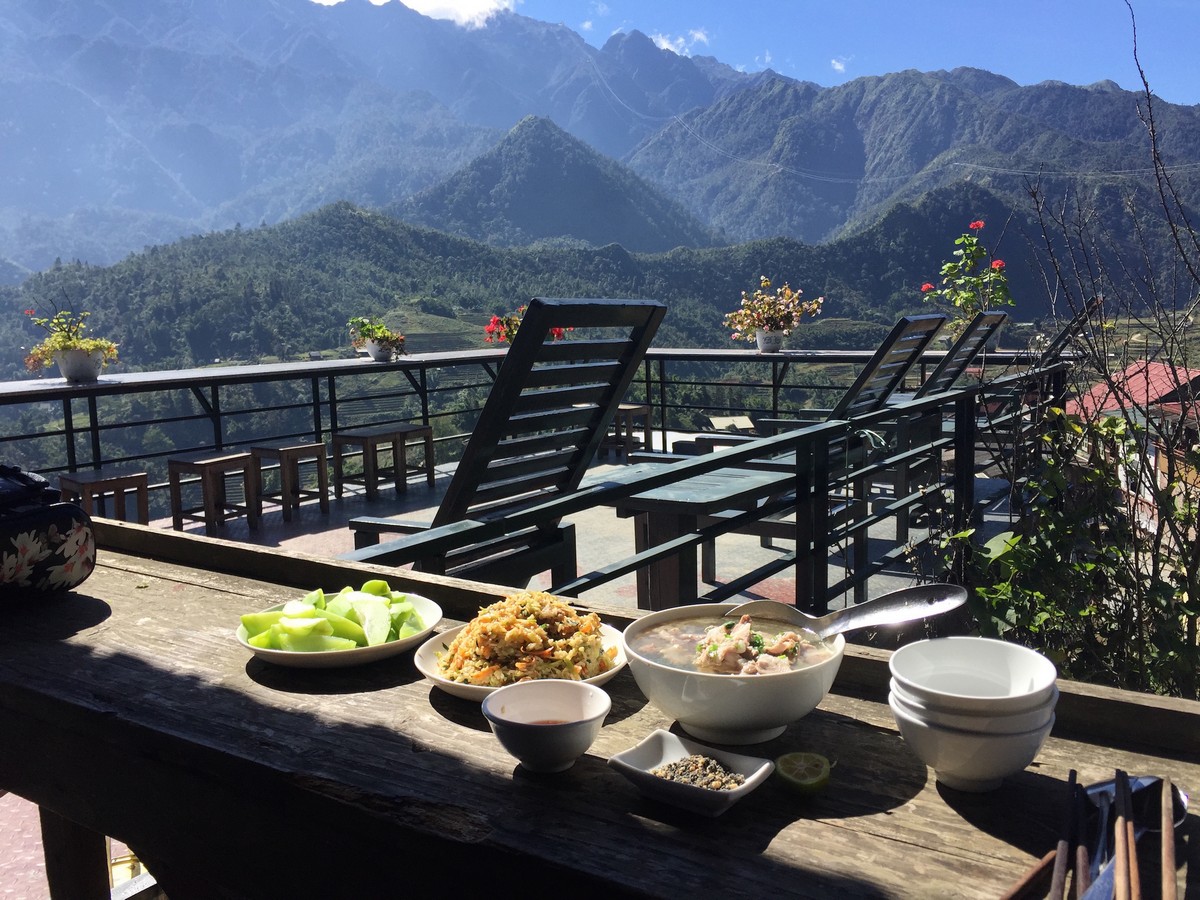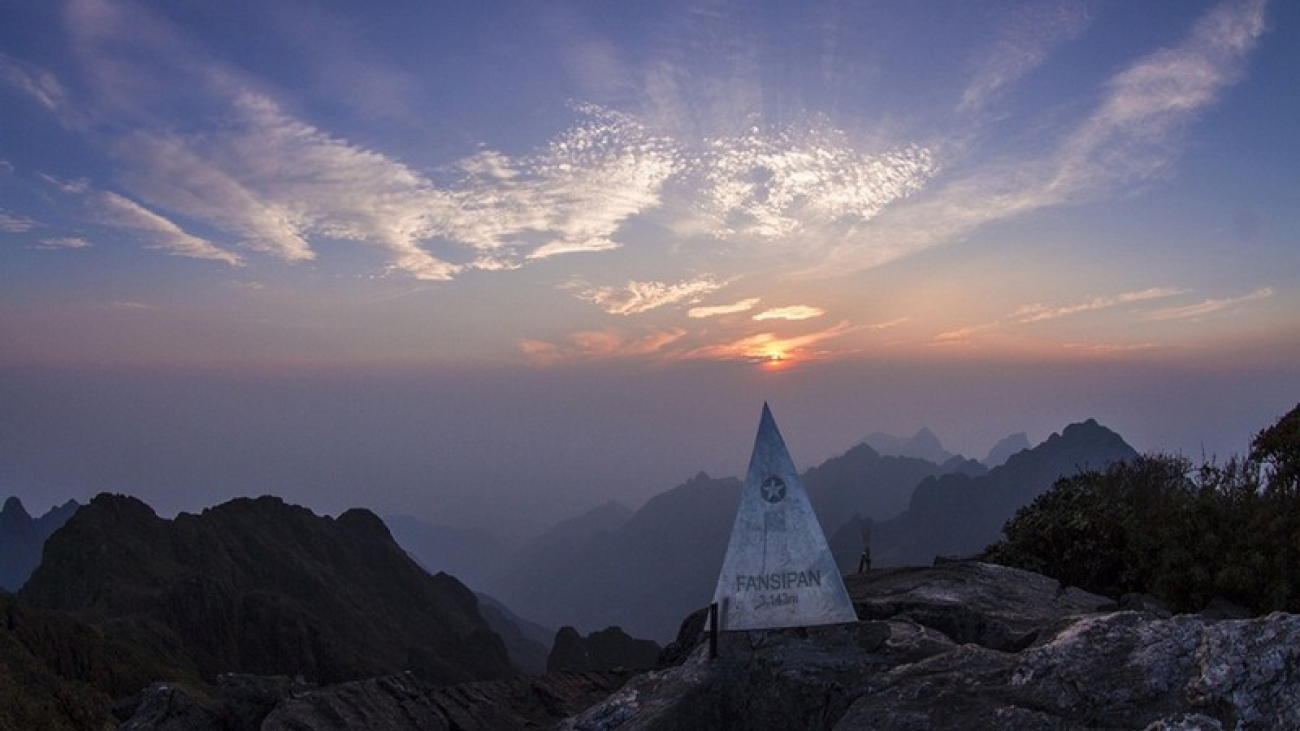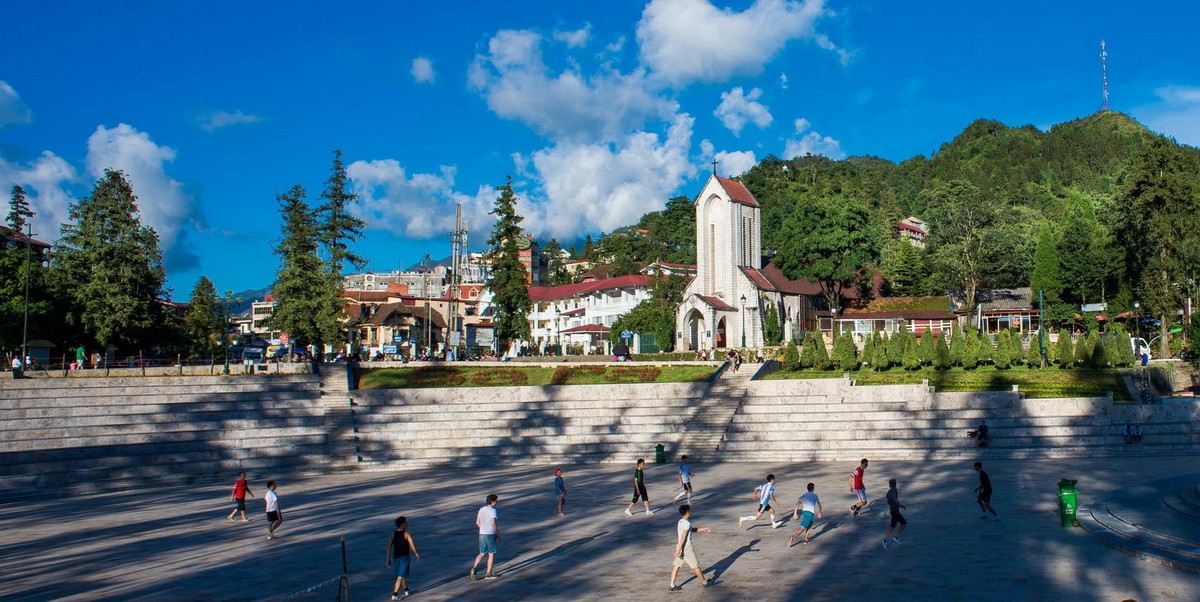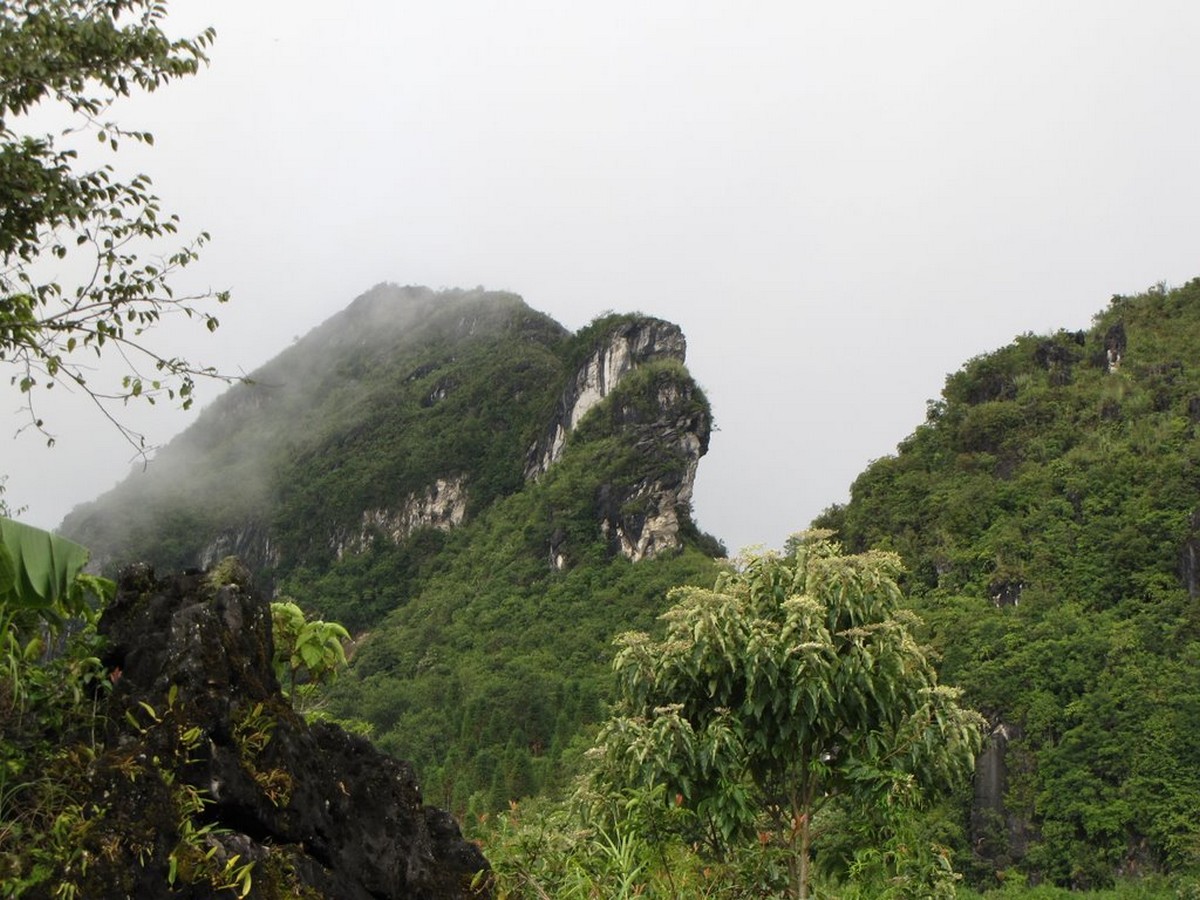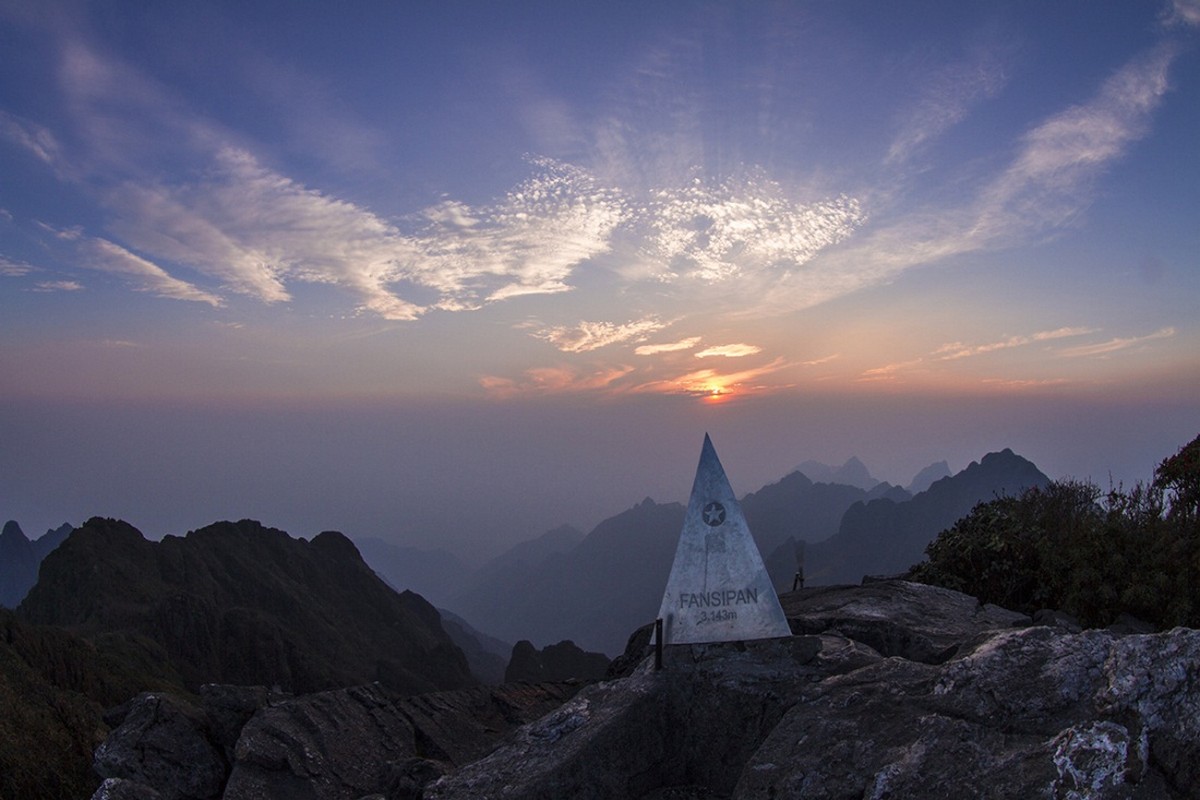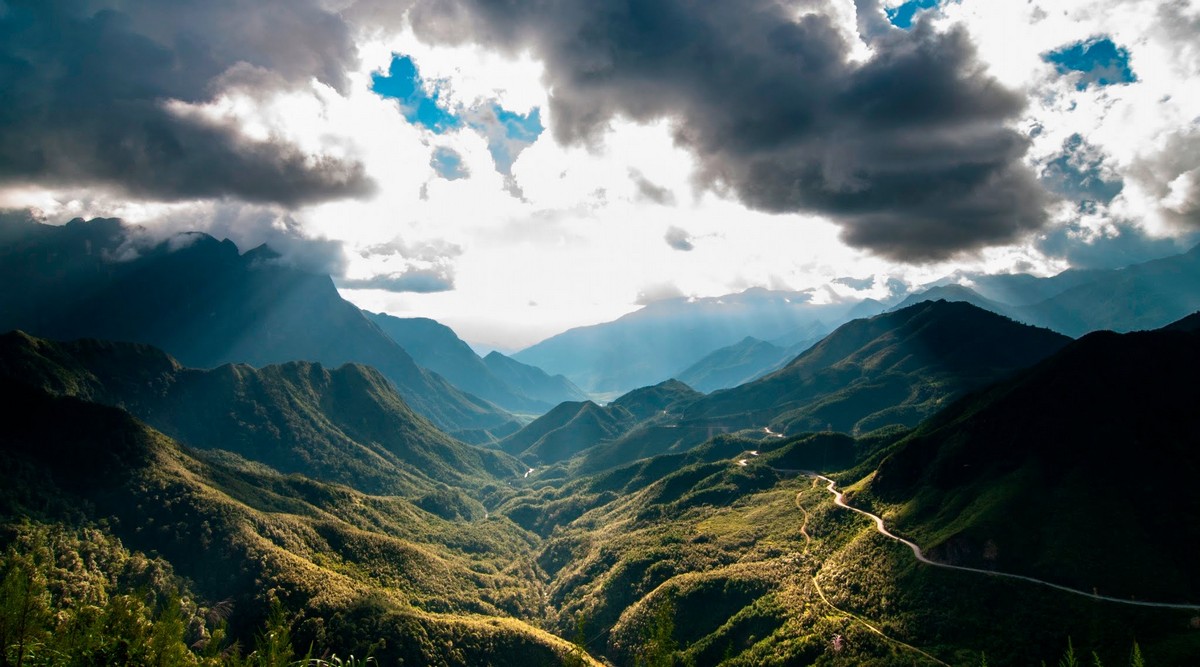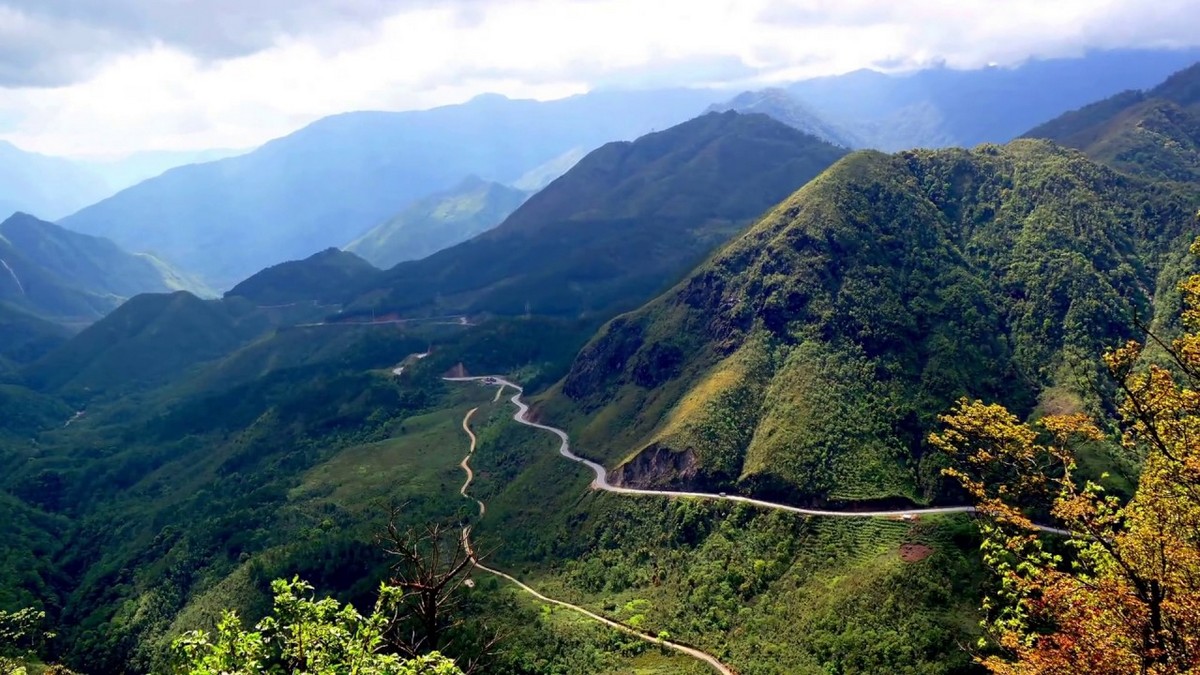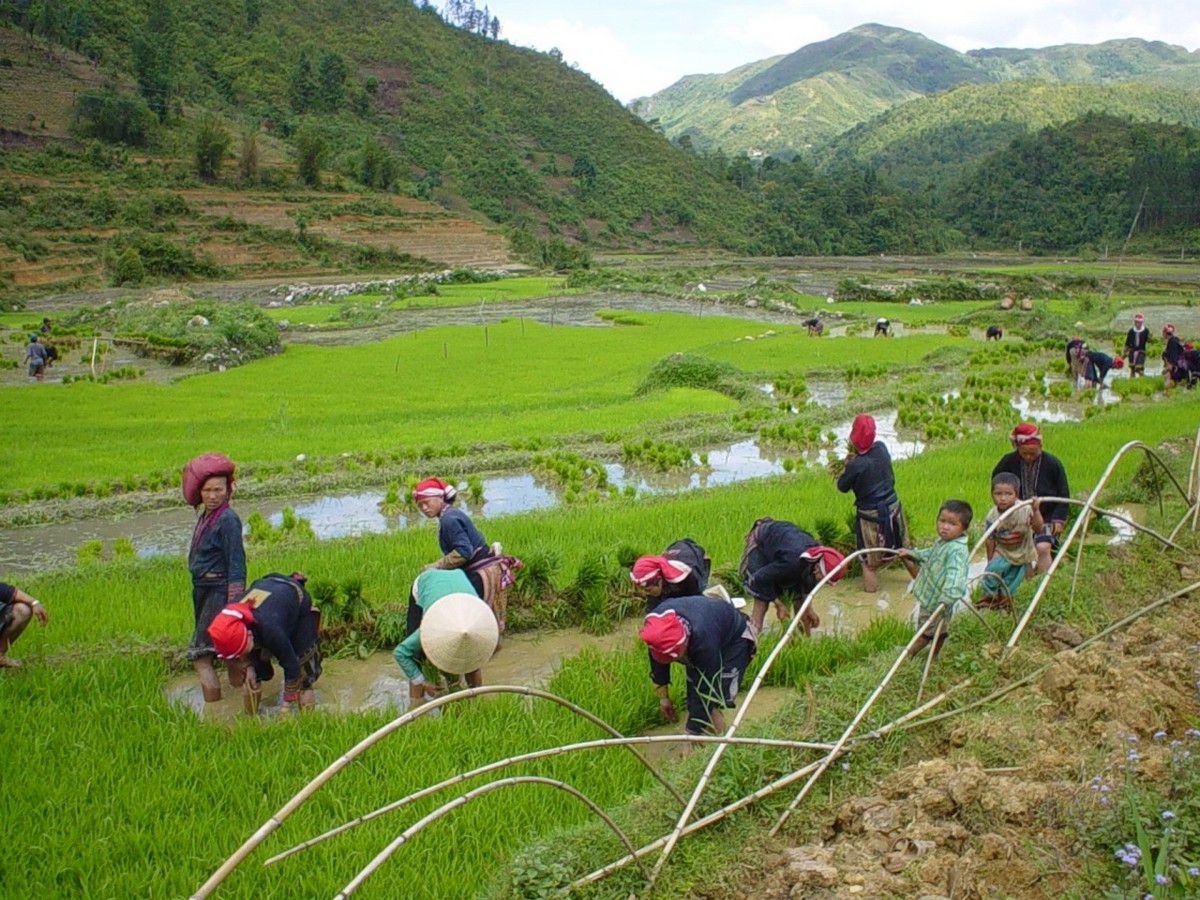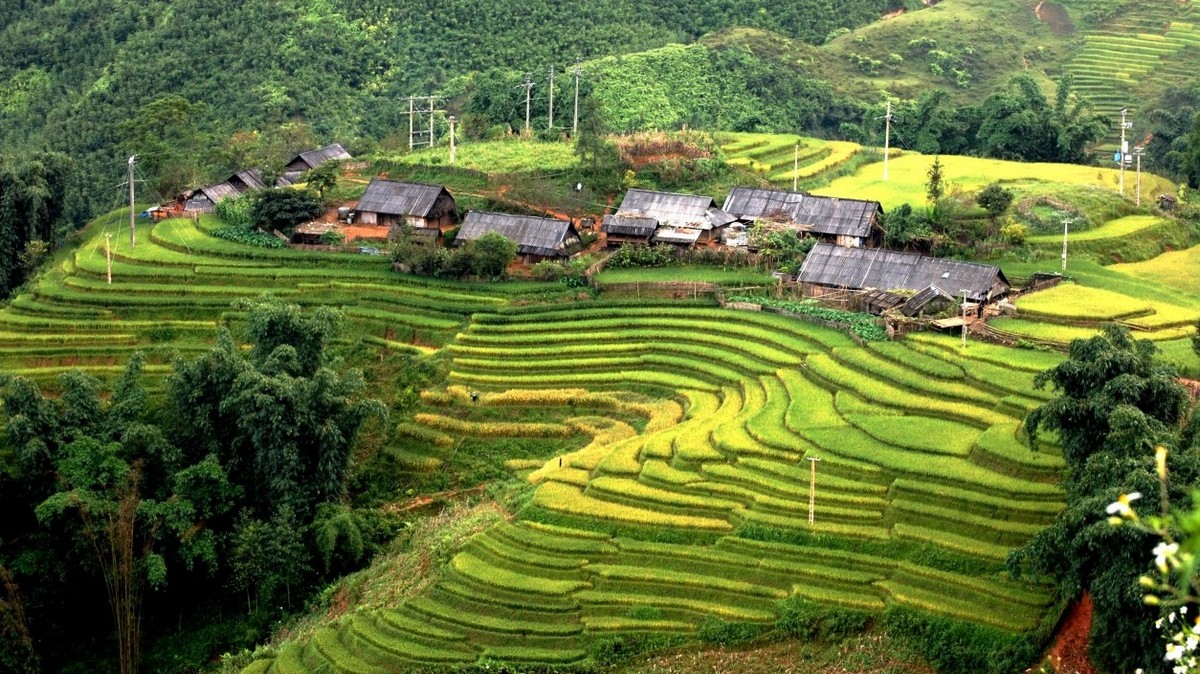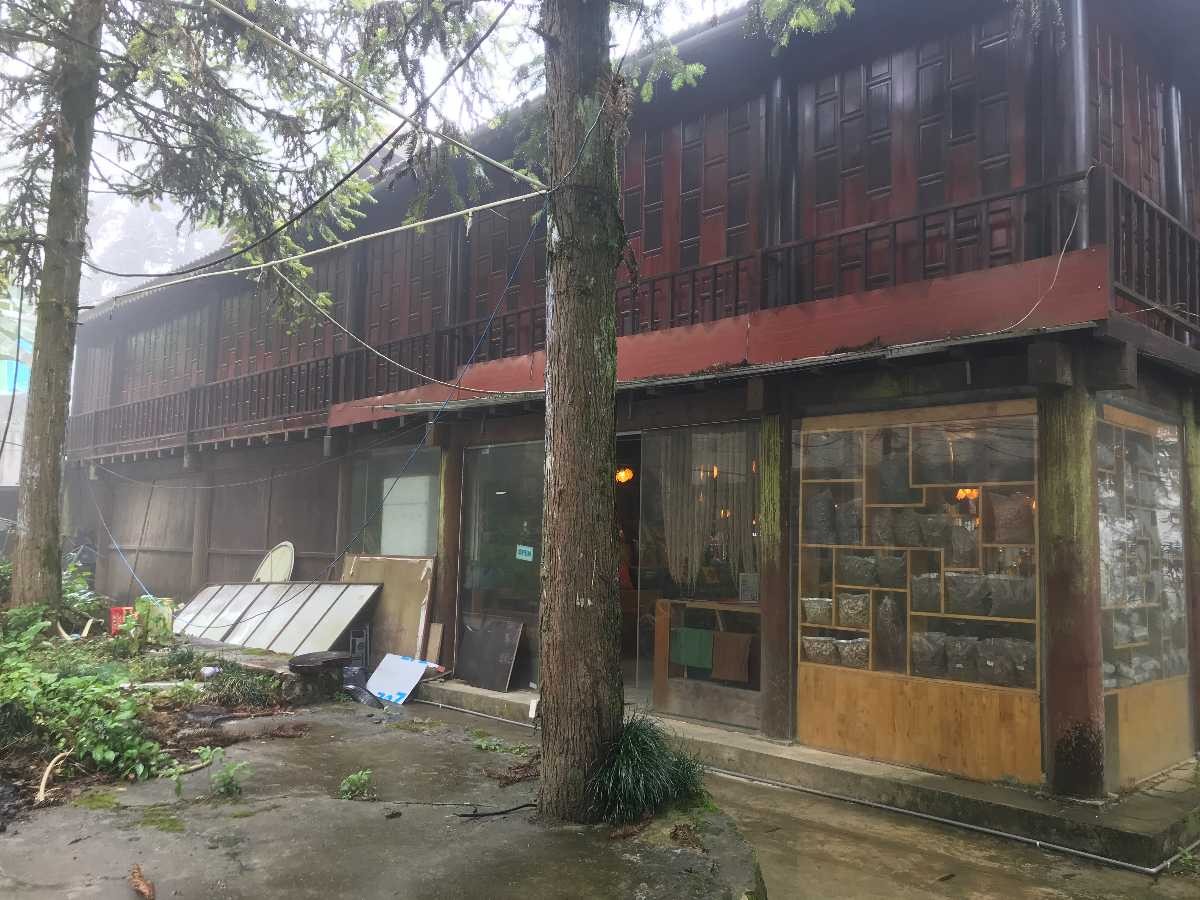[Wanderlust Tips February 2018] United Arab Emirates (UAE) is very modest in terms of territory and population, with an area of only 86,000 square kilometres and the population of fewer than 10 million people, the majority are immigrants. The world is astonished at the level of wealth in dubai. Visitors will turn an admiring gaze upon some of the most luxurious buildings in the world, designed by architects, using groundbreaking ideas which created pride and extravagance for this country.
[rpi]
* * ACCOMMODATION * *
BURJ AL ARAB JUMEIRAH HOTEL
Became known as the world’s most luxurious 7-star 321-metre high and 56-storey hotel in a prominent sail-like structure on the Jumeirah beach. The hotel features 202 luxurious duplex suites and 9 restaurants, including a restaurant located at the heart of the ocean, a state-of-the-art bar and 5 classy swimming pools. In addition to the gilded interior, marble and millions of crystals take the luxury of this hotel to the next level. Each room offers a personal butler and services at an extra expense. Therefore, this place is only visited by world superstar, billionaires and millionaires who want to experience luxury and show off their richness.
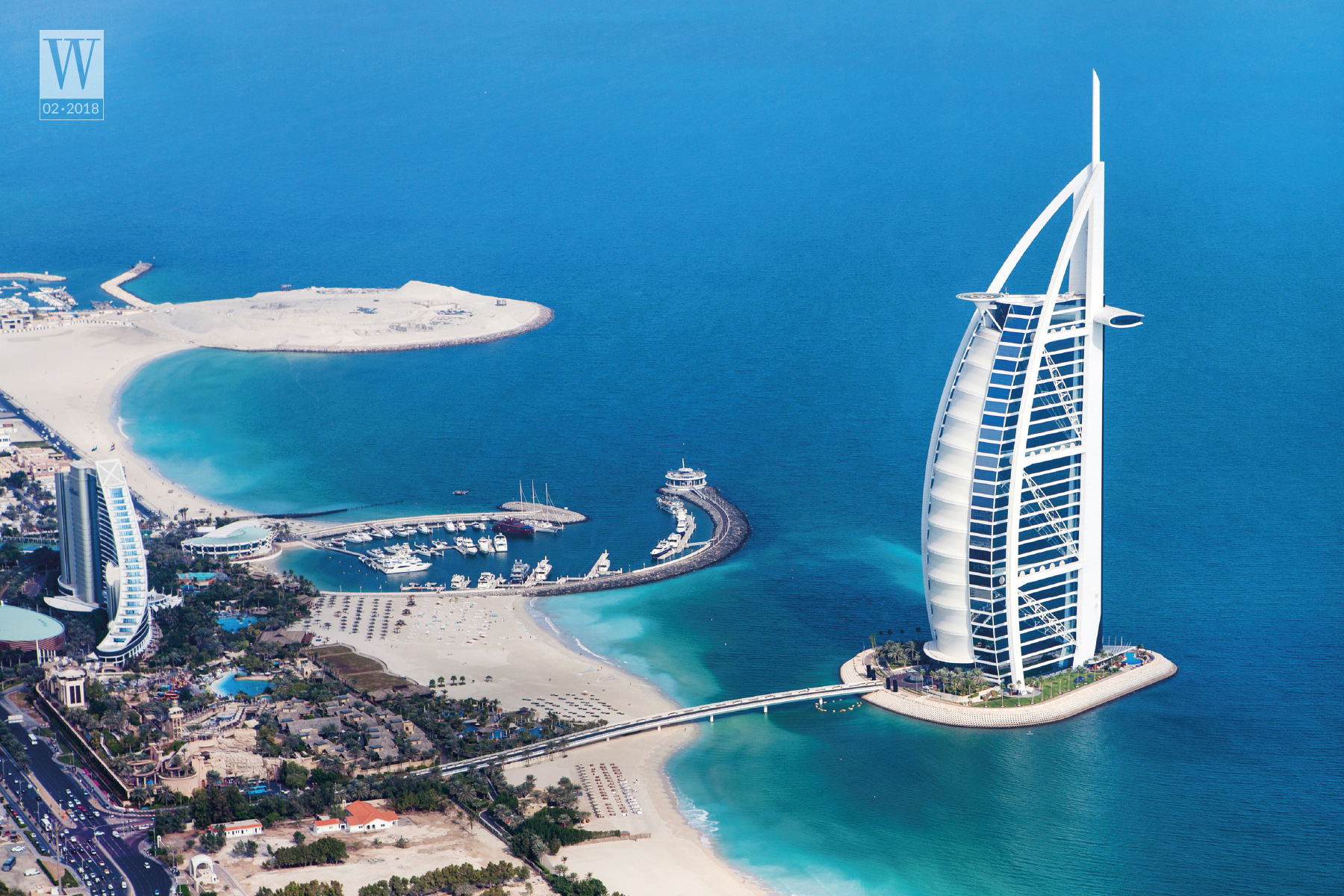
Address: Jumeirah Beach, Dubai
Price: From USD2,000 – USD28,000/room/night.
FOUR POINTS BY SHERATON
This is an affordable 4 star hotel managed by the Sheraton brand so its service is very good. Located at the heart of Bur Dubai, it is easily accessible from tourist attractions in the city and by the sea. Visitors can travel by metro in two terminals near the hotel. In addition, Four Points by Sheraton is just 10 minutes’ drive from Dubai International Airport. There is an hourly shuttle service available for guests wishing to take a swim at the Jumeirah Beach. The rooms are moderately sized from 33 to 61 square metres so it is suitable for both individuals and families travelling for work or leisure. The hotel also features 6 restaurants and bars, serving a variety of Eurasian cuisines.
Address: Khalid Bin Walid Road – Dubai
Price: From USD120/room/night depending on season.
CITY SEASONS TOWER HOTEL BUR DUBAI
City Seasons Tower Hotel Bur Dubai is a four-star hotel, but is very eye-catching and sparkly at night. The 192 comfortable and well-appointed rooms are perfect for any visit to this exciting city. As other 4-star hotels, City Seasons Towers also offers an outdoor pool, gym and free Wi-Fi for guests. The restaurant features very good services, delicious and rich breakfast menu, and it is very close to affordable shopping malls.
Address: Sheikh Khalifa Bin Zayed Rd, Dubai (next to Bourbon hypermarket)
Price: From USD120/room/night depending on season.
* * EATING * *
COYA DUBAI RESTAURANT
This is one of the best restaurants in Dubai serving Latin American cuisine. It is situated in a fantastic location by a romantic and windy beach, featuring Latin music and beautifully decorated interior. There are a variety of fish dishes and famous sauces. Without a reservation, there is often a 30-minute waiting time to be seated.
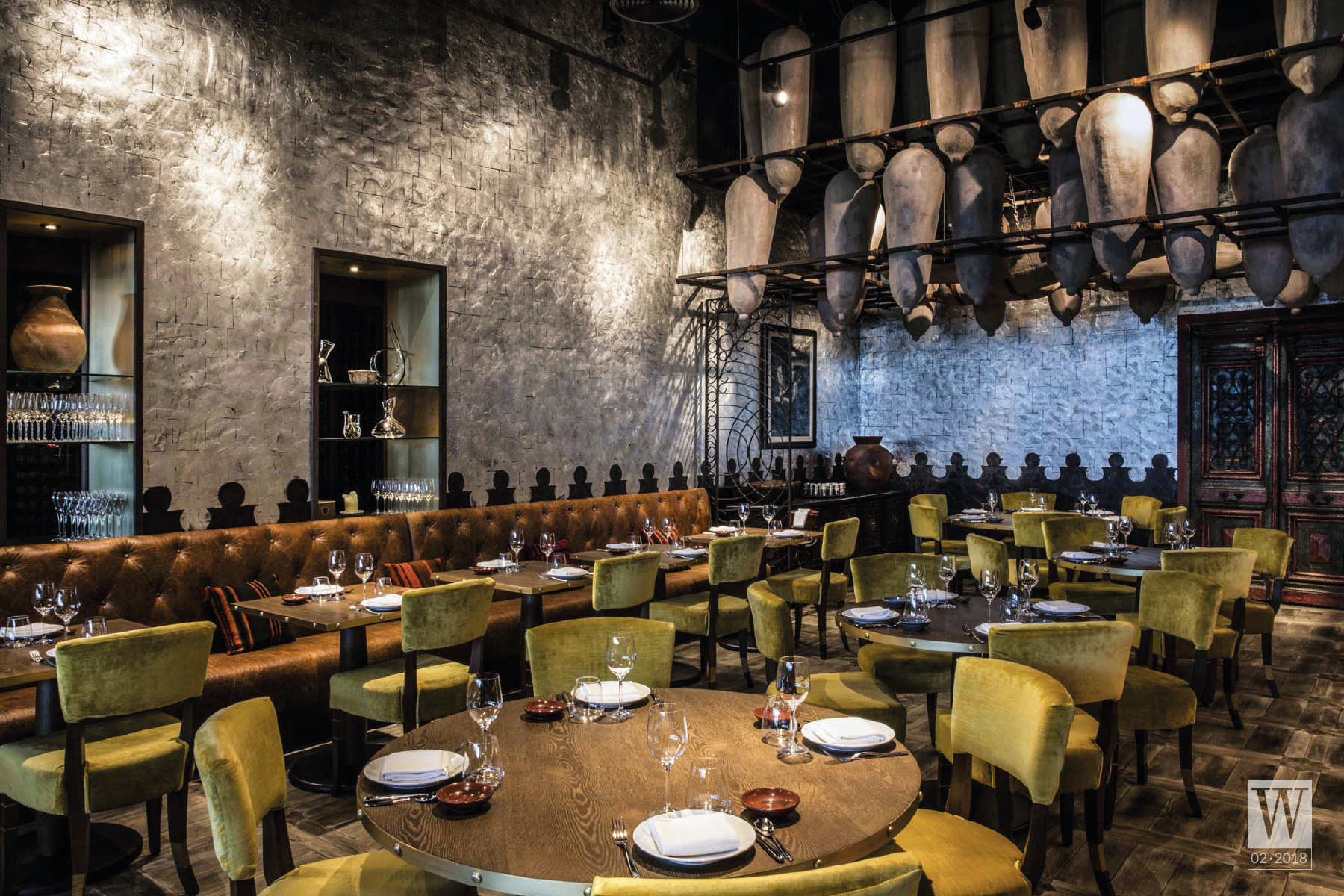
Address: Four Season Resort, Jumeirah Beach Road, Jumeirah 2, Dubai
Opening hours: 12:30am – 01:30am the next day
Price: From USD70 to USD100 per person, depending on the food you choose.
DUBAI FISH HUT RESTAURANT
This is a local restaurant that specializes in seafood and Arabic food featuring spicy flavours such as curries and spices from regions of India and Pakistan. Fresh and delicious seafood like fish and shrimp are prepared to your liking. It is suitable for groups of friends or family because the price is relatively reasonable, only a few minutes’ drive from Dubai Mall.
Address: 8th Street, next to Ismali Center, Oud Meta, Dubai
Opening hours: 12:00am – 00:30am the next day
Price: From USD20/person, depending on the food you choose.
YU SHAN FANG ABU DHABI RESTAURANT
Yu Shan Fang is a chain of Chinese and Asian cuisine restaurants located in many continents. If you often go out and have Asian appetizers, this restaurant will be your best choice. The dishes are cooked based on recipes but changed slightly to suit local cuisine such as less fat and salt. The best known dishes are those of Sichuan Tofu Sauce, shumai, dimsum, tenderloin, very delicious stir-fried beef with bassica integrifolia and Yangzhou fried rice.
Address: Ground floor of Farrari World, Abu Dhabi.
Opening hours: 11am – 10pm
Price: From USD20/person, depending on the food you choose.
* * VISITING * *
UAE has no natural landmarks or historical monuments for tourists to explore because the world has just been introduced to this country in recent decades. Therefore, most of the attractions in this country are modern.
GLOBAL VILLAGE
The name Global Village says it all. A large entertainment complex is divided into different national regions of the world. The featuring products of different countries are displayed at booths in each area representing each nation. Shopping in this area, you can comfortably bargain, at least 30% lower than the original price. The most popular items are leather items and wool carpets. This is also a place known for its crowds and has many visitors. A variety of shows are performed hourly. Food stalls vary greatly from Western to Eastern cuisines. This is a really vibrant and enjoyable place for leisure.
Address: Exit 37, Sheikh Mohammed Bin Zayed Road, Dubai, UAE
Opening hours: From 4.00pm – 12.00am the next day.
Admission: AED15
ATLANTIS AQUAVENTURE WATERPARK & LOST CHAMBER
The largest waterpark in the Middle East and Europe with an area of 17 hectares is a good choice for families as it assures a variety of activities for all. Adults can indulge in thrilling water games including a wide variety of slides from almost vertical to spirals dark slides, or the shark-filled glass slides. Children can enjoy the vibrant yet safe playground, while other members can relax on the artificial beach in the park or immerse themselves in the clear blue water of the lazy river. Storage of items at the water park is quite expensive as they require a deposit of 45 AED for a small locker cabinet and 75 AED for a large locker cabinet. Restaurants serve mainly fast food that is quite expensive at about AED120/portion.Connected to the Aquaventure Waterpark is the Lost Chamber – an aquarium with a myriad of fish in different sizes that are displayed in huge glass tanks. Children especially love this place.
Address: Atlantis The Palm, Cresent Road, The Palm, Dubai
Opening hours: 10am – Sunset
Ticket price: AED275/adult | AED225/child under 1.2metre | Free of charge for children 0 – 2 years old.
Website: www.atlantisthepalm.com/marine-water-park.
DUBAI MIRACLE GARDEN
Dubai Miracle Garden with a large area of 7 hectares, there are nearly 100 million flowers from 70 different species. All are designed and arranged by theme as they lead you to the fairyland. Two featuring species of flowers are Petunias in various colours and golden Sunflowers. The garden has been open since Valentine’s Day in 2013. Every year, it opens from November to May the following year. Visitors need to check the annual opening time so they do not miss the chance to admire outstanding artwork in the heart of the desert.
Address: Al Barsha South 3, Barsha, Dubailand, Dubai, UAE
Opening hours: From 9:00am to 9:00pm (Sunday to Thursday). From 9am – 11pm (Friday and Saturday)
Ticket price: AED45/adult | AED35/child under 12 years old. Free for children under 2 years old.
Website: www.dubaimiraclegarden.com.
BURJ KHALIFA
Most visitors travelling to Dubai want to go to the top of the Burj Khalifa Tower, which is recognised as the world’s tallest building – UAE’s pride. The tower shows a truth that money can turn the craziest idea into reality. At a cost of 1.5 billion USD and over 6 years of non-stop construction, the 829.8-metre Burj Khalifa rises into the sky as an indomitable symbol of the super-wealthy lives in Dubai. The tower in Y-shaped design (representing Hymenocallis flowers living in the desert) features a spiralling pattern, decreasing the cross section as it reaches toward the sky. The pointed tower, like a vertical city in the air, overshadows all the buildings around. The Khalifa has 163 floors, including two observation decks on the two connected 124th-125th floors (452 metres), and the 148th floor (555 metres). The higher the observation deck, the more expensive it is, but in fact, the 124th-125th floor is high enough for you to widen your eyesight. When admiring the panoramic view of Dubai, you can see how the rich plan the urban area. It is modern and breath-taking! It also has a super-speed elevator at 64km/h, which takes only a minute to go up hundreds of floors.
Address: 1 Sheikh Mohammed Bin Rashid Boulevard, Dubai, UAE
Ticket prices: AED100 – AED130 in off peak hours from 8.30am to 2.00pm | AED215 – AED315 in peak time between 3.00pm – 6.30pm or until closed.
Website: www.burjkhalifa.ae
FERRARI WORLD
If you are a fan of luxury cars, especially Italian cars, you should not miss Ferrari World, the world’s largest indoor amusement park with an area of 200,000 square metres located in Abu Dhabi, more than two hours’ drive from Dubai. The park architecture, structures, and decorations are associated with the symbol of Ferrari. This park is not only a showcase of Ferrari’s line-ups and the world’s largest Ferrari shop but also a perfect base for visitors to participate in a lot of high-speed games. Formula Rossa is the fastest roller coaster in the world with a top speed of 240km/h. This is the most crowded area where visitors queue to go on a ride for about 60 – 90 minutes while for the other games, the waiting time is only 15 minutes.
Address: Yas Island, Abu Dhabi, UAE
Opening hours: From 10am – 8pm
Ticket prices: From AED695 to AED990
Website: www.ferrariworldabudhabi.com
SHEIKH ZAYED MOSQUE
The 545 million USD Sheikh Zayed Mosque is the most famous in the Middle East, the largest mosque in the UAE, and the 6th largest in the world. Built of white marbles from seven different countries, gold, gemstones and ceramics, its domes and elaborate towers will overwhelm any visitors. The cathedral has 82 domes, in which the highest one is 85 metres and the four towers are 107 metres high. The cathedral has an extremely large capacity, allowing 40,000 people to come to pray at the same time. The entire cathedral, surrounded by lakes, seems to further enhance the shimmering of the architecture. When stepping inside, visitors can take a moment to admire unique chandeliers and the world’s largest beautiful 6,000-square-metre wool carpet. Note that when visiting the Sheikh Zayed Mosque, you should dress formally; men are not allowed to wear T-shirts and shorts, women must wear loose clothing and cover the whole body including hair. In case female visitors don’t prepare, they are required to hire Abaya black robes and Shaila headscarves for 6 USD. In addition, all shoes must be kept outside.The cathedral is very beautiful at sunset and when the night comes with thousands of shining lights.
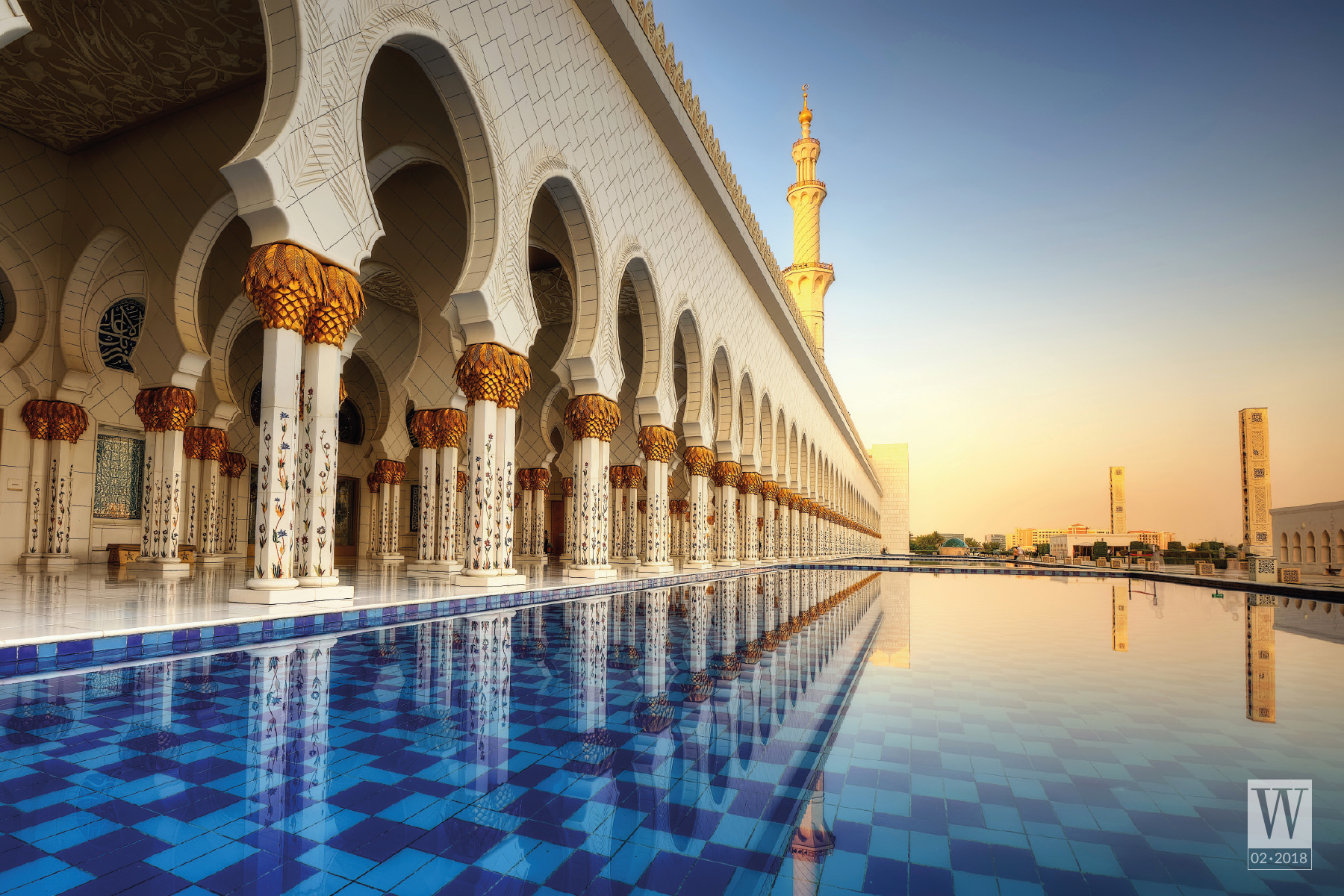
Address: Sheikh Rashid Saeed Street – Abu Dhabi, UAE.
Free entry. The cathedral is open 24/7. Tourists can visit from 8.00am to 10.00pm.
* * SHOPPING * *
DUBAI MALL
No one visiting Dubai should miss the Dubai Shopping Centre, one of the world’s largest shopping malls with more than 1,200 boutiques of ultra-luxury goods. There are many famous fashion brands in this mall. The Dubai Mall is a part of the Burj Khalifa complex, so it is very classy. The centre also features the first Olympic-style skating rink in Dubai, a gorgeous aquarium, and carefully decorated areas. Moreover, the attraction of Dubai Mall to shoppers is that. There are sales which offer up to 90% discount during sale season. It is said that by visiting Dubai Mall, you can be completely indulging in shopping.
Address: At the foot of the Khalifa Tower
Opening hours: 10.00am – 12.00am the next day.
DUBAI OUTLET MALL
If you want to indulge yourself in shopping for the world’s top luxury brands, check out the Dubai Outlet Mall (near Dubai International Airport). This place has more than 1,200 items which are always discounted at 30-90%, so you can shop at discounted prices even out of sale season. The plus point for the Dubai Outlet Mall is that the food is relatively diverse and more affordable than at the Dubai Mall.
Address: Dubai Al-Ain Road (route 66), Dubai, UAE
Opening hours: 10am – 10pm
DUBAI GOLD SOUK
This is one of the largest outdoor gold markets in the world. There are over 300 stores spreading over an area of half a square kilometre, which will really overwhelm those who love jewellery. Gold is sold in grams to kilograms and is manipulated in all kinds of products, from jewellery such as necklaces and rings to golden clothes and shoes.
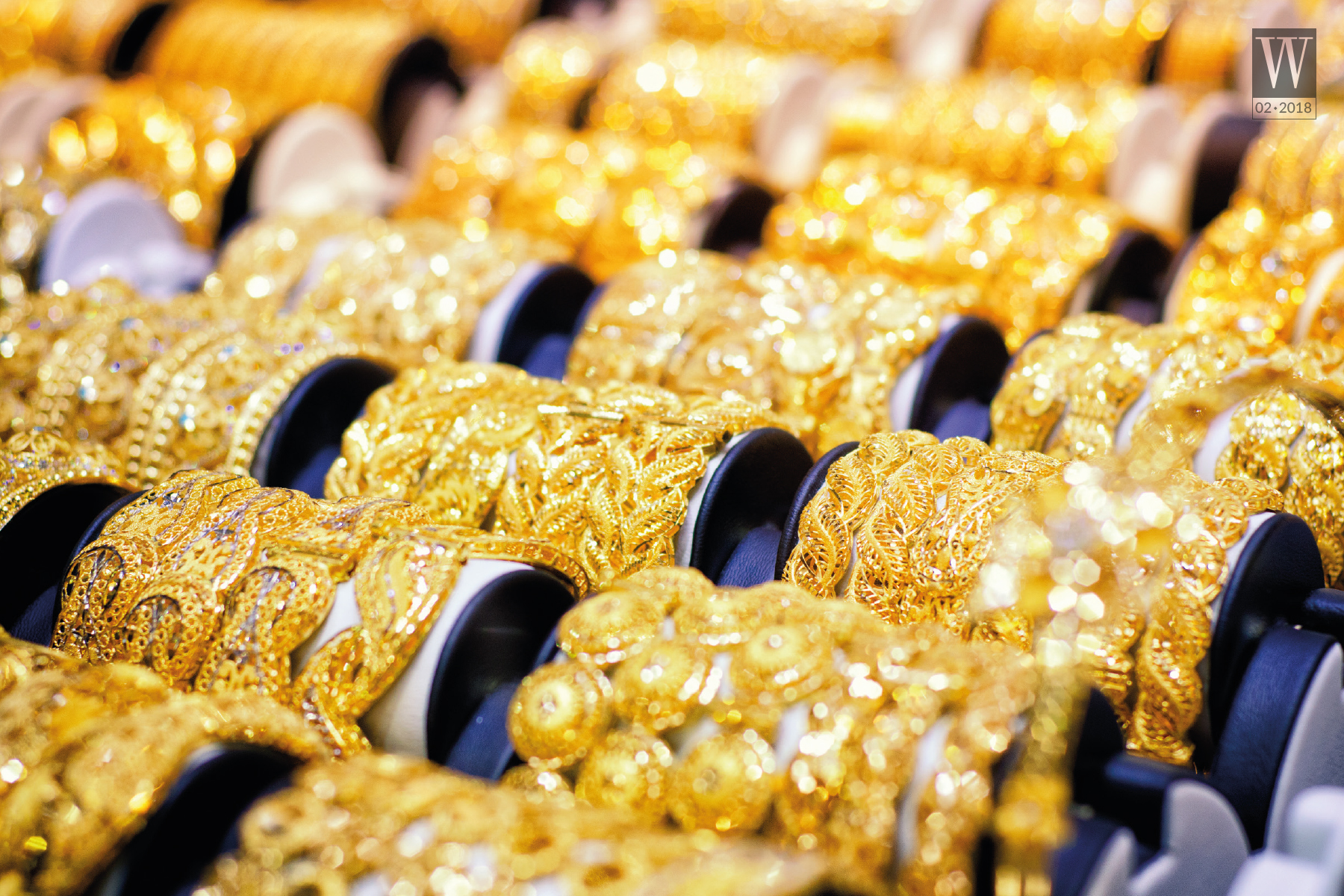
Address: Deira, Dubai, UAE
Opening hours: 9.30am – 9.30pm.
* * MUST TRY * *
TRAVELLING OFF-ROAD BY LAND CRUISER IN THE DESERT
This is a very interesting experience for most of the visitors, and tourists always desire to try thrilling activities when travelling to Dubai. It simulates an off-road desert racing with undulating sand hills. Visitors are required to tighten their seatbelts; the driver turns up the music. A group of Land cruisers pick up the pace and race in a style called dune bashing. The skilled drivers give passengers a thrilling experience as the Land cruisers climb the slopes and slide down sandy winding hills. Do not forget to watch the sunset while riding camels across the desert because this may be a rare chance in your life to experience this relaxing moment. The same night, after off-road riding, there will be a barbecue in the desert in an Arabic-style space with famous belly dancing and shisha.
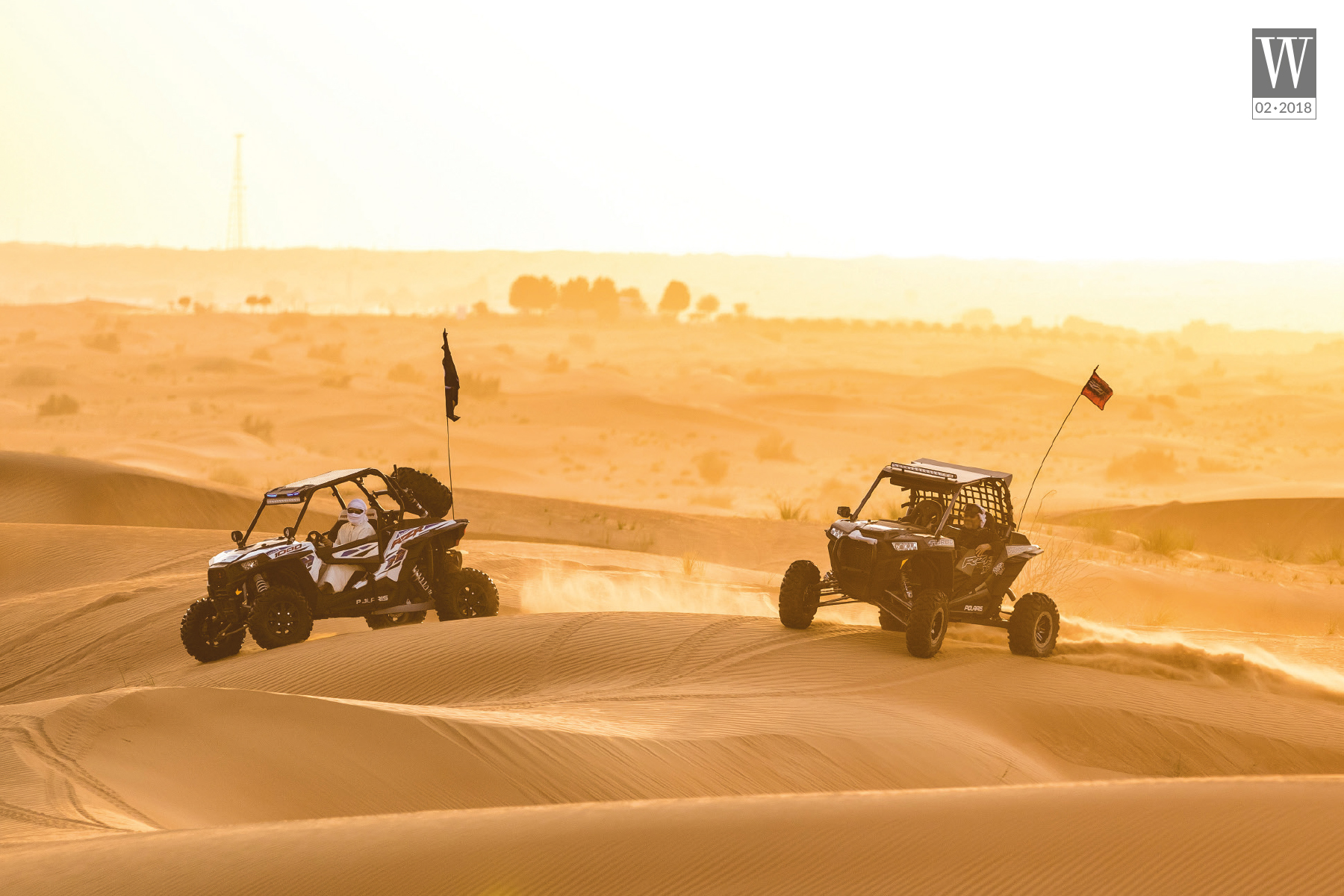
Opening hours: 12.00am to midnight
Price: AED75 – AED150 depending on your selection.
Thai Duy | Wanderlust Tips
